Professional Courses
Industry-relevant training in Business, Technology, and Design
Categories
Interactive Games
Fun games to boost memory, math, typing, and English skills
Typing
Memory
Math
English Adventures
Knowledge
ICSE School Fees: A Complete Guide for Parents (2025)

Choosing the right school board for your child is a major decision, and the Indian Certificate of Secondary Education (ICSE) board is often at the top of the list for many parents.
ICSE schools are well-known for their strong academics, comprehensive curriculum, and the high level of exposure they provide to students. However, this quality often comes with a significant financial commitment, as the fees for ICSE schools can be quite high.
This can leave parents trying to balance providing the best possible education for their child with managing a fast-emptying bank account.
This comprehensive guide is here to help. We will break down the average school fee structure, compare costs across various cities, help you identify cost-effective ICSE schools, and provide practical financial planning tips.
The ICSE School Fees Landscape: An Overview
ICSE schools, with their focus on in-depth learning, a rich language teaching method, and an expansive course curriculum, are typically more expensive than most CBSE or state-board schools.
In top urban centers like Mumbai or Bangalore, the annual school fee can be as high as ₹1 lakh to ₹3 lakh per student for Classes 1 to 10.
On top of the tuition fee, most schools have additional charges for infrastructure, school transport, and extracurricular activities. These can collectively add another ₹50,000 to ₹80,000 to the total cost each year.
While these numbers can seem daunting, they often reflect the depth of the curriculum and the global reputation of an ICSE education. For parents looking for more budget-friendly options, many schools in Tier-2 cities offer the same quality education at a fraction of the cost.
A Breakdown of ICSE School Fees
To understand the total cost, it is important to look at all the different components of the fee structure.
A Look at Pune In areas like Hinjewadi in Pune, the annual tuition fees can range anywhere between ₹1.2 lakh to ₹2.5 lakh. Parents are also generally asked to pay a one-time admission fee, which can be between ₹40,000 to ₹1 lakh.
In addition to this, you can expect: - An annual infrastructure or development fee of ₹10,000–₹30,000. - Transportation fees ranging from ₹15,000 to ₹50,000, depending on the distance. - Costs for textbooks, uniforms, and lab materials, which can be between ₹8,000–₹20,000. - Fees for extracurricular activities or clubs, typically between ₹5,000 to ₹15,000 a year.
A Look at Bengaluru The fee structure in Bengaluru is similar. The annual tuition fees are usually in the ₹1 lakh to ₹2 lakh range. When you add the cost of uniforms and books (₹4,000-₹12,000) and transportation (₹30,000-₹60,000 a year), the total cost can put a significant strain on the pockets of middle-class families.
City-by-City Comparison of ICSE School Fees
The fee ranges for ICSE schools can vary widely across different Indian cities.
- In Bengaluru, mid-range ICSE schools typically charge between ₹65,000 and ₹1,50,000 a year, while premium schools can go well past ₹3 lakh annually.
- In Pune, some highly-rated ICSE schools have fees in the ₹70,000 - ₹80,000 range, which includes admission fees and deposits. At the same time, top-end schools in the city charge over ₹2 lakh per year.
- Bhopal is known for its more affordable ICSE schools, with many charging between ₹30,000 and ₹60,000 annually.
- In Kolkata, the fees can vary from as low as ₹14,000 at some schools to ₹50,000 at others. Top-tier schools like La Martiniere can charge up to ₹2.9 lakh per year.
Identifying Affordable ICSE Schools
When we talk about "affordable ICSE schools," we are generally referring to schools that charge less than ₹60,000 per year. These are mostly found in Tier-2 cities and towns.
For example, schools in Bhopal like Mount Carmel School and Christ School have annual fees in the ₹30,000–₹60,000 range. In Jaipur, schools such as SV Public School and Mayura School have annual fees between ₹12,857 and ₹15,710.
These institutions can provide excellent value for money. They often keep education costs lower by having less robust infrastructure or by receiving state-level funding, while still offering a competitive academic environment.
Hidden or Additional Costs to Be Aware Of
In addition to the core fees, parents also need to be on the lookout for hidden or additional charges that may be billed quarterly or as needed.
- Digital or ICT fees: ₹3,000–₹7,000 per year
- Olympiad or competitive exam fees: ₹5,000–₹15,000 per year
- Fees for activity clubs: ₹2,000–₹10,000 per term
- Costs for optional branded sports kits or special event uniforms
- Late fee penalties, which can be ₹50–₹100 per day
These extra charges can push the total annual cost up by 10–20%, so it is important to factor them into your financial planning.
Financial Planning Tips for Parents
-
Start with a Detailed Budget The very first step is to create a comprehensive budget. List all the potential costs, including tuition, transport, uniforms, and extracurriculars, to get a clear picture of the total annual expense.
-
Ask About Installment Options To ease cash flow, ask the school if they offer quarterly or half-yearly billing cycles. Many schools provide this flexibility to help parents manage payments.
-
Inquire About Sibling Discounts If you have more than one child, be sure to ask about sibling discounts. Many schools offer a reduction in fees, sometimes up to 50%, for the second child.
-
Utilize Tax Benefits Under Section 80C of the Income Tax Act, parents can claim a deduction for tuition fees paid for up to two children, with a limit of ₹1.5 lakh per child annually.
-
Consider Education Loans Low-interest school education loans are available from many banks and financial institutions. This can be a good option to help you spread the cost of fees over a longer period.
-
Look for Early Payment Discounts Some institutions offer a discount of 2–7% if the entire annual school fee is paid upfront by a specific date. If you have the funds available, this can be a good way to save money.
-
Cut Down on Add-on Costs You can often save money by sourcing uniforms and stationery from outside the school's recommended vendors. Be selective about which optional clubs or activities you pay for.
-
Be Aware of Fee Regulation Concerns about fee regulation have increased in recent years. Parent associations in several states are demanding more transparency and a curb on exorbitant fee hikes. The CISCE board has also mandated uniform examination fees, which from 2026 will be a maximum of ₹4,350 for ICSE and ₹5,450 for ISC.
Is the High Cost of an ICSE School Worth It?
The benefits of an ICSE education are well-documented. - It offers an internationally acclaimed curriculum with depth in language, science, and the arts. - Classrooms are often less crowded, allowing for more individual attention for each student. - Schools typically have richer resources, such as well-equipped science labs, libraries, and art studios. - There is a strong focus on project work, creative arts, and modern skills like coding.
While these features can justify a premium on fees, it is important for parents to weigh the perceived value against the actual cost.
Making an Informed Choice for Your Child's Future
Navigating the world of ICSE school fees requires a clear perspective and careful planning. While it can be expensive to educate a child in an ICSE school, the quality of learning is exhaustive, and the academic outcomes are often exceptional.
By considering more affordable ICSE schools, comparing the full fee structures of different institutions, and practicing prudent financial planning, families can access a superior quality of education without breaking the bank.
Compare schools closely, read their fee policies carefully, and always weigh what you are paying with what your child is getting in return to make the best decision for their future.
For more resources to support your child's ICSE journey, you can explore the courses and educational games at AllRounder.ai.
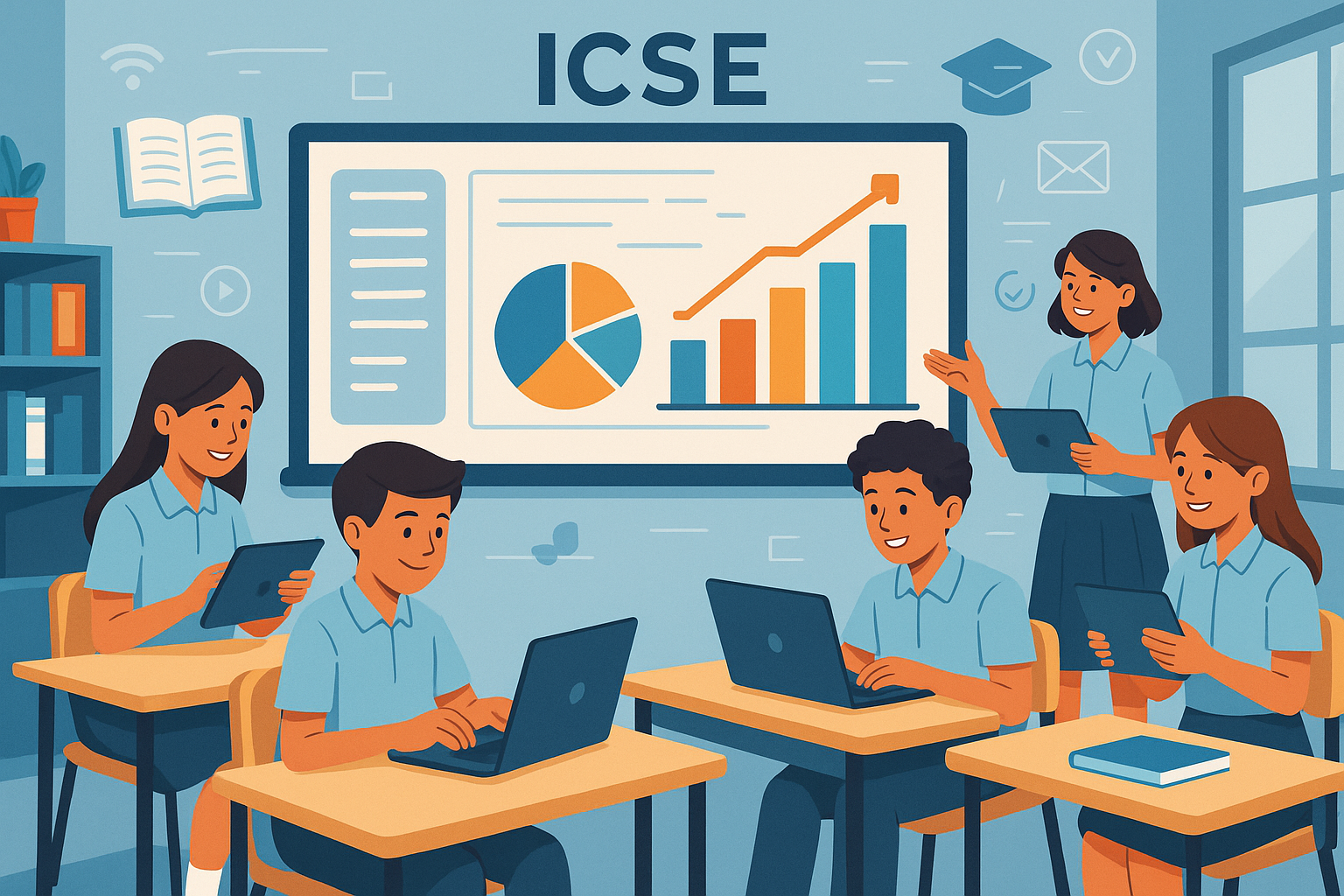
Explore how digital learning is reshaping ICSE schools by improving concept clarity, engagement, and academic...

Learn how to build strong self-study habits at home using ICSE help resources that improve understanding, confidence...
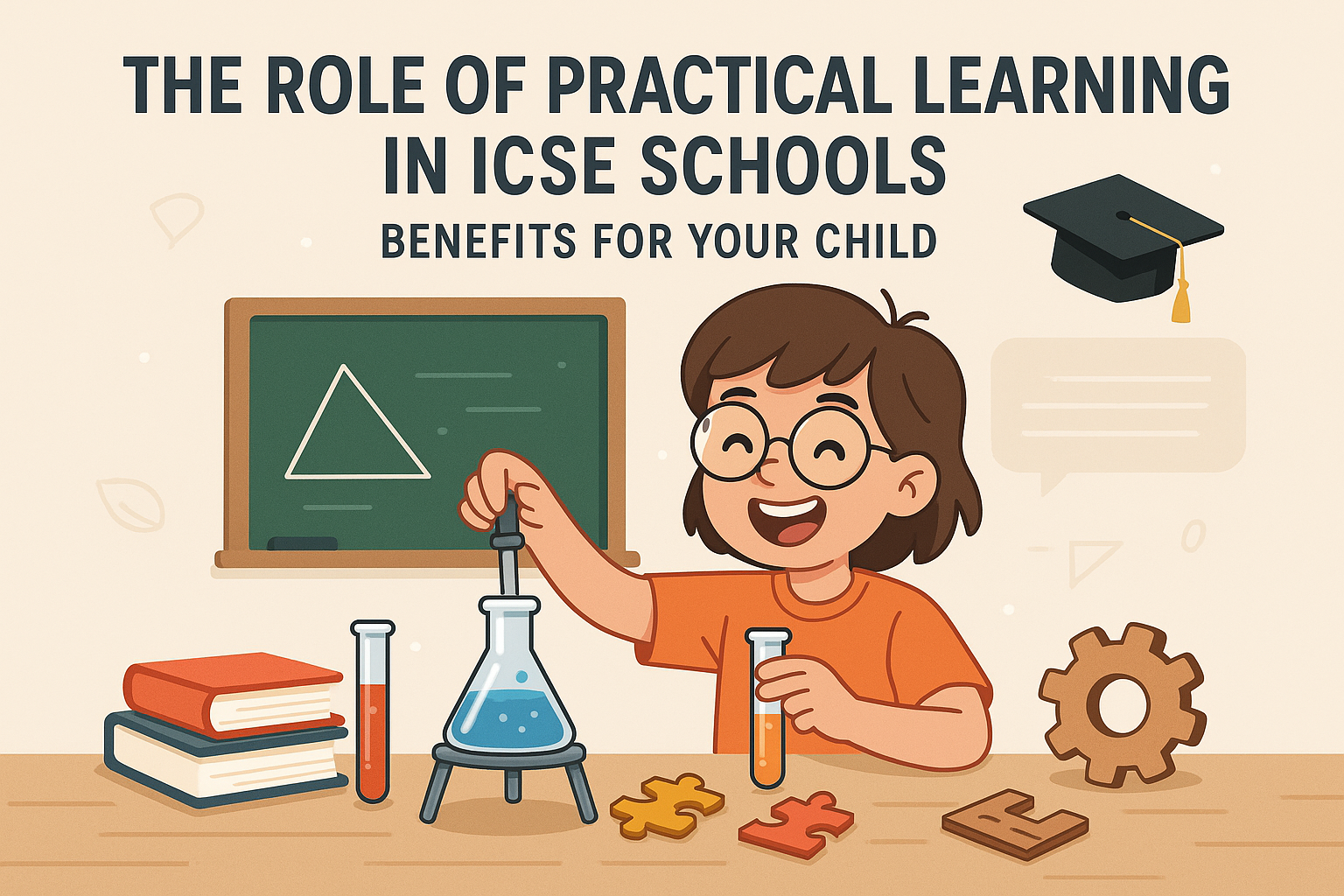
Understand how practical learning in ICSE schools builds clarity, confidence and real world skills that prepare...

Learn how project-based learning is transforming ICSE classrooms and helping students build real-world skills...

Explore why ICSE schools are gaining popularity in tier-2 cities and how curriculum depth, career readiness and...
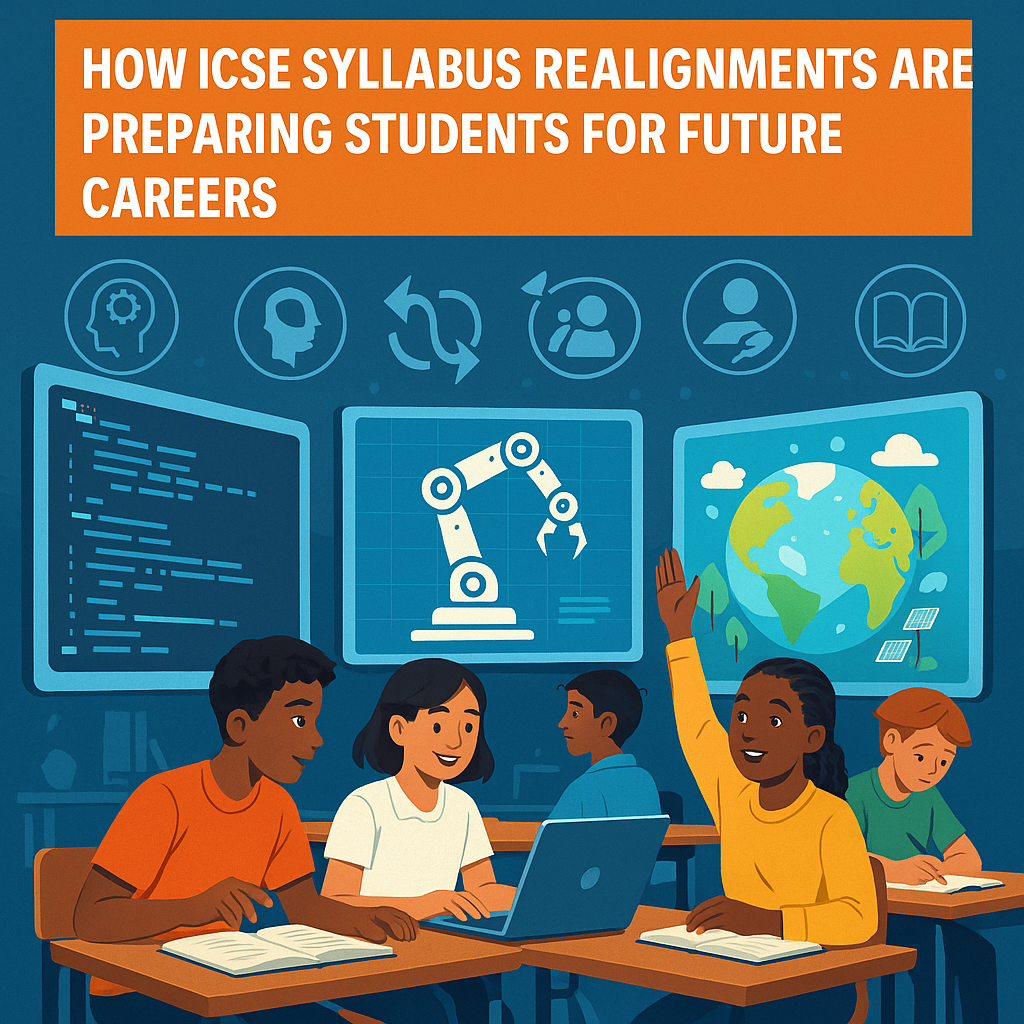
Explore how recent ICSE syllabus realignments are equipping students with future-ready skills, career adaptability...
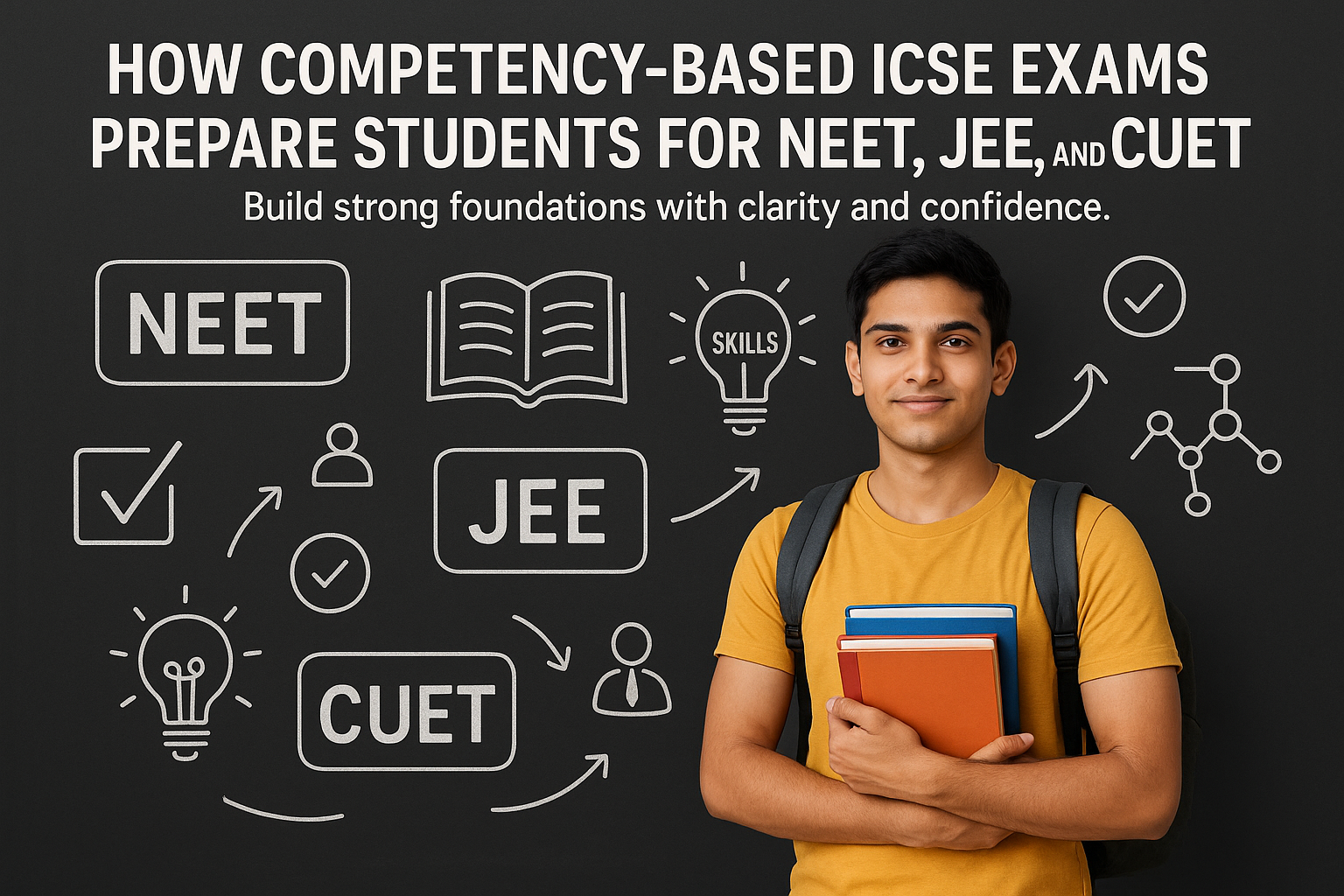
Understand how competency-based ICSE exams build strong foundations that prepare students for NEET, JEE and CUET...
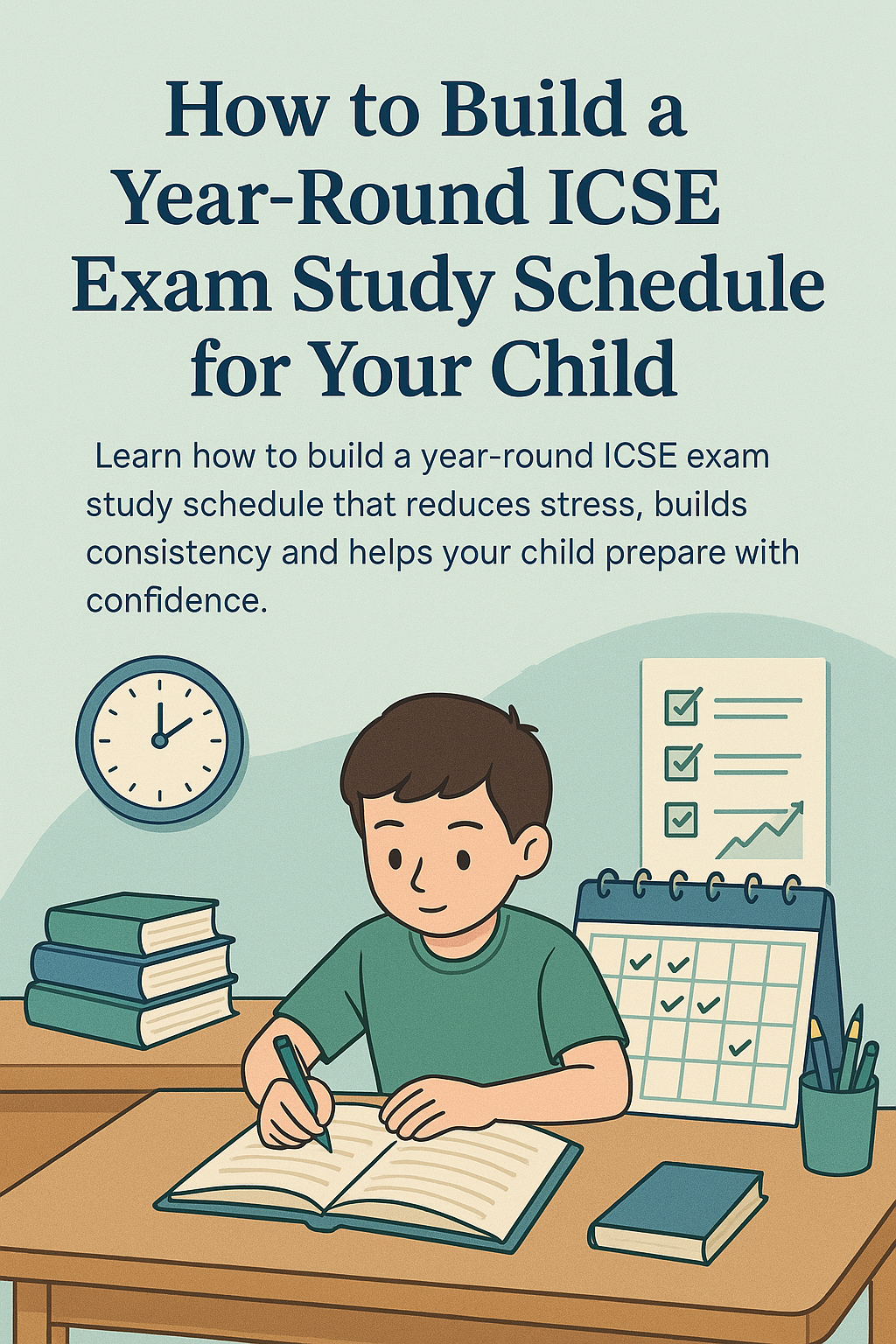
Learn how to build a year-round ICSE exam study schedule that reduces stress, builds consistency and helps your...
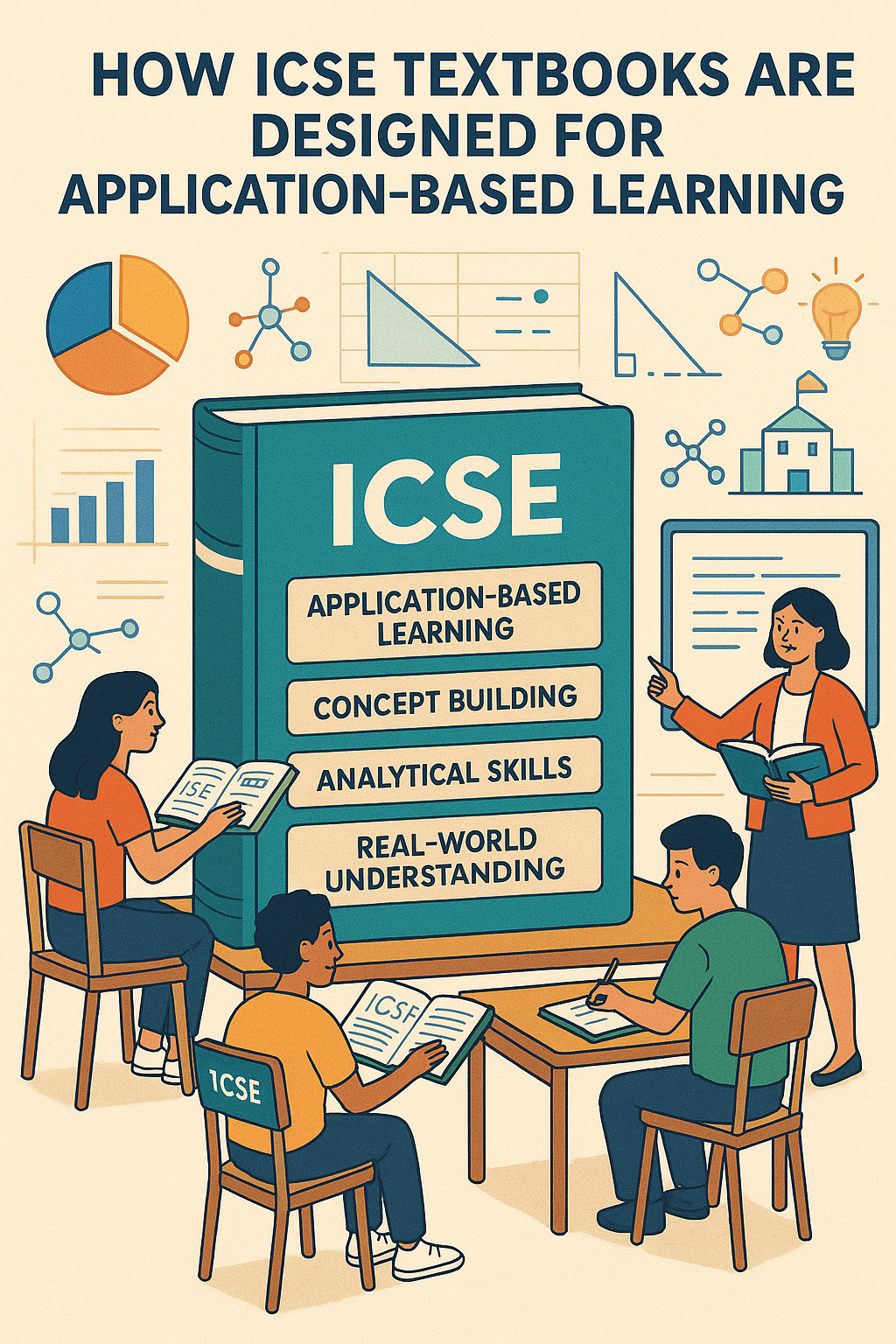
Understand how ICSE textbooks support application-based learning and help students build strong concepts, analytical...

Explore why parents of high-performing students and toppers choose the ICSE board for senior classes and how its...
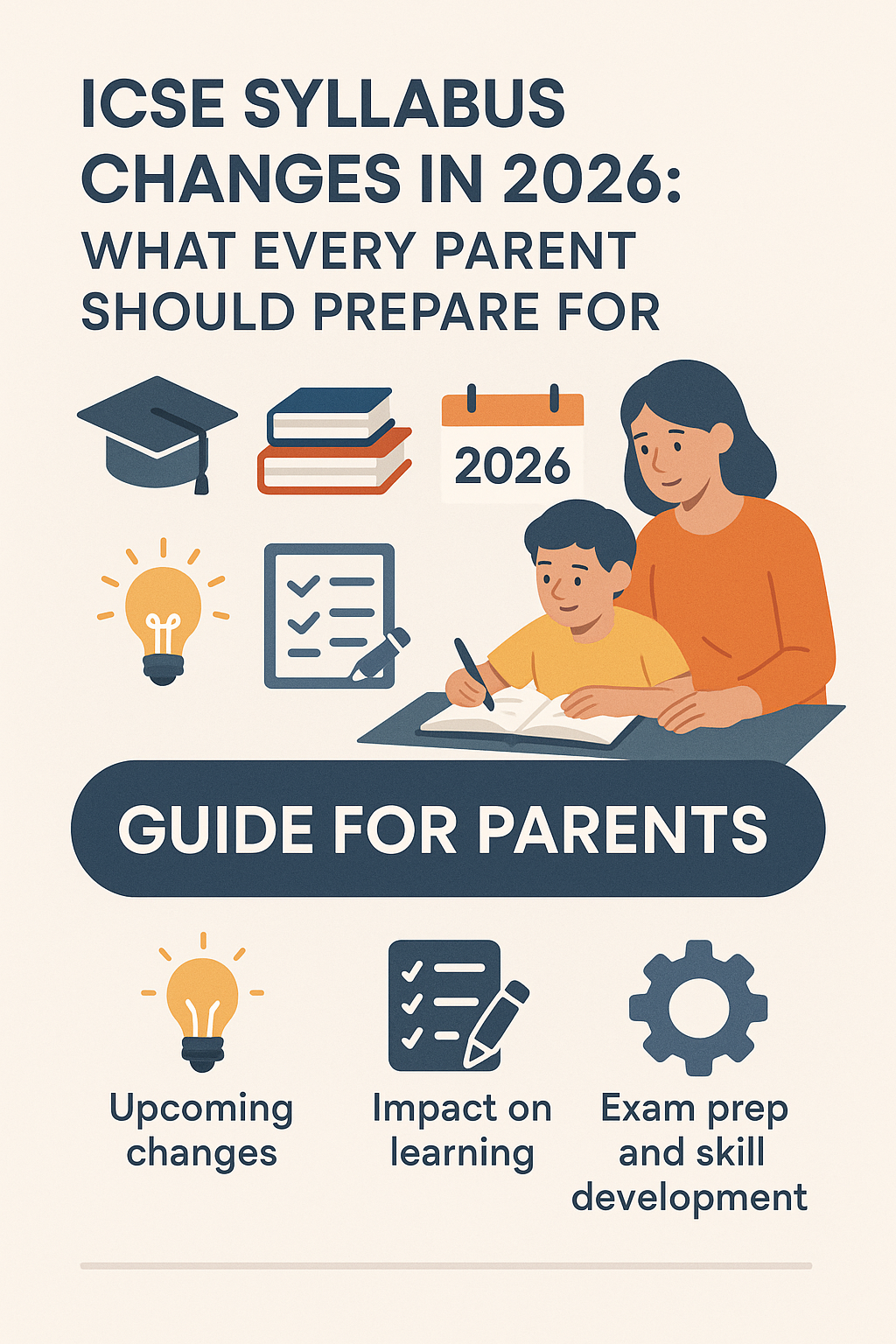
A clear guide for parents on the upcoming ICSE syllabus changes in 2026 and how these updates impact learning, exam...

Explore the best ICSE schools in Mumbai that balance academics and co-curricular growth while supporting holistic...
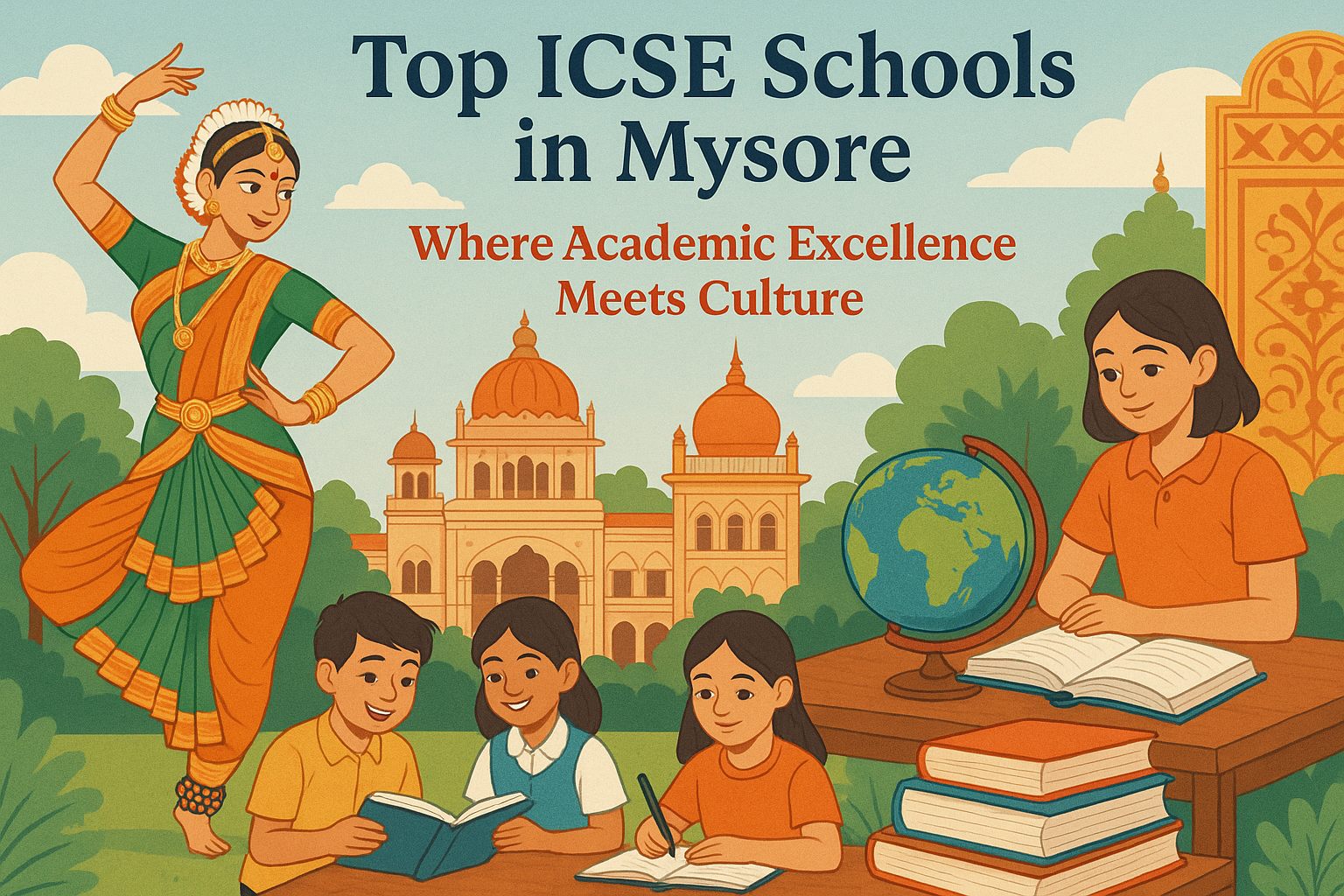
Discover the best ICSE schools in Mysore that blend strong academics with the city’s cultural traditions, while...

Discover the best ICSE schools in Lucknow that follow child-centric learning, strong academics and holistic...
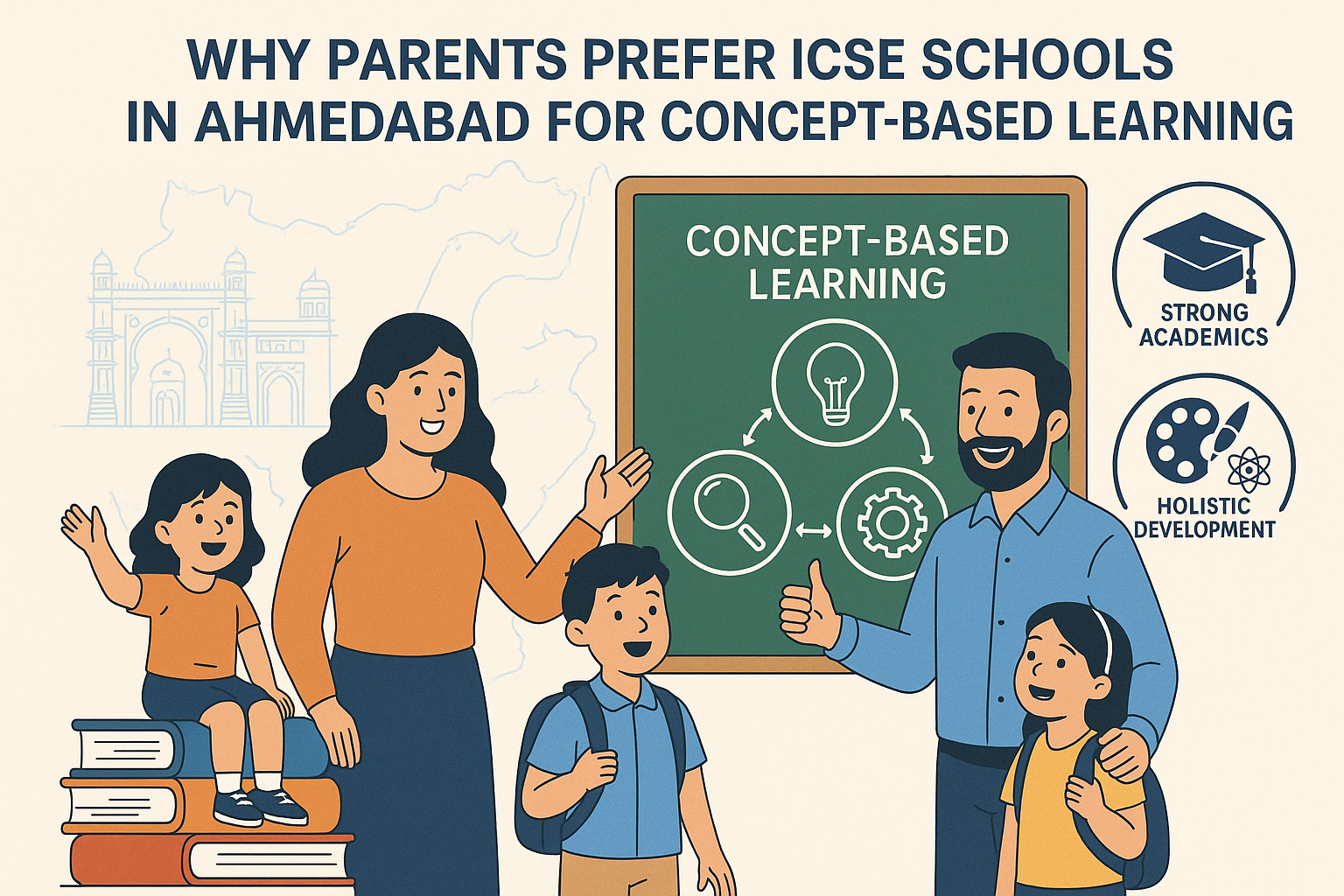
Parents prefer ICSE schools in Ahmedabad for concept-based learning, strong academics and holistic development....
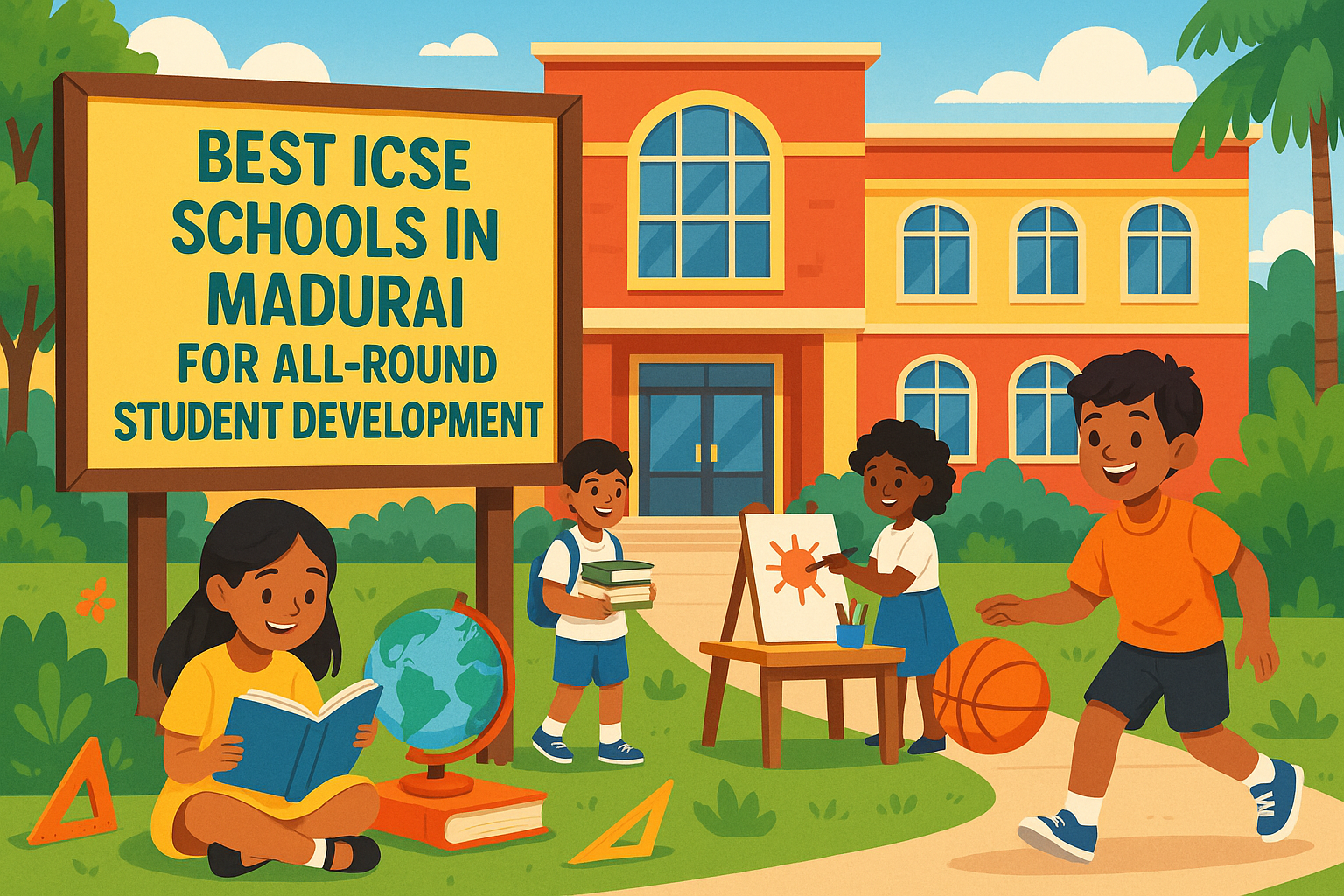
Explore the best ICSE schools in Madurai that offer balanced education, strong academics, and holistic development...
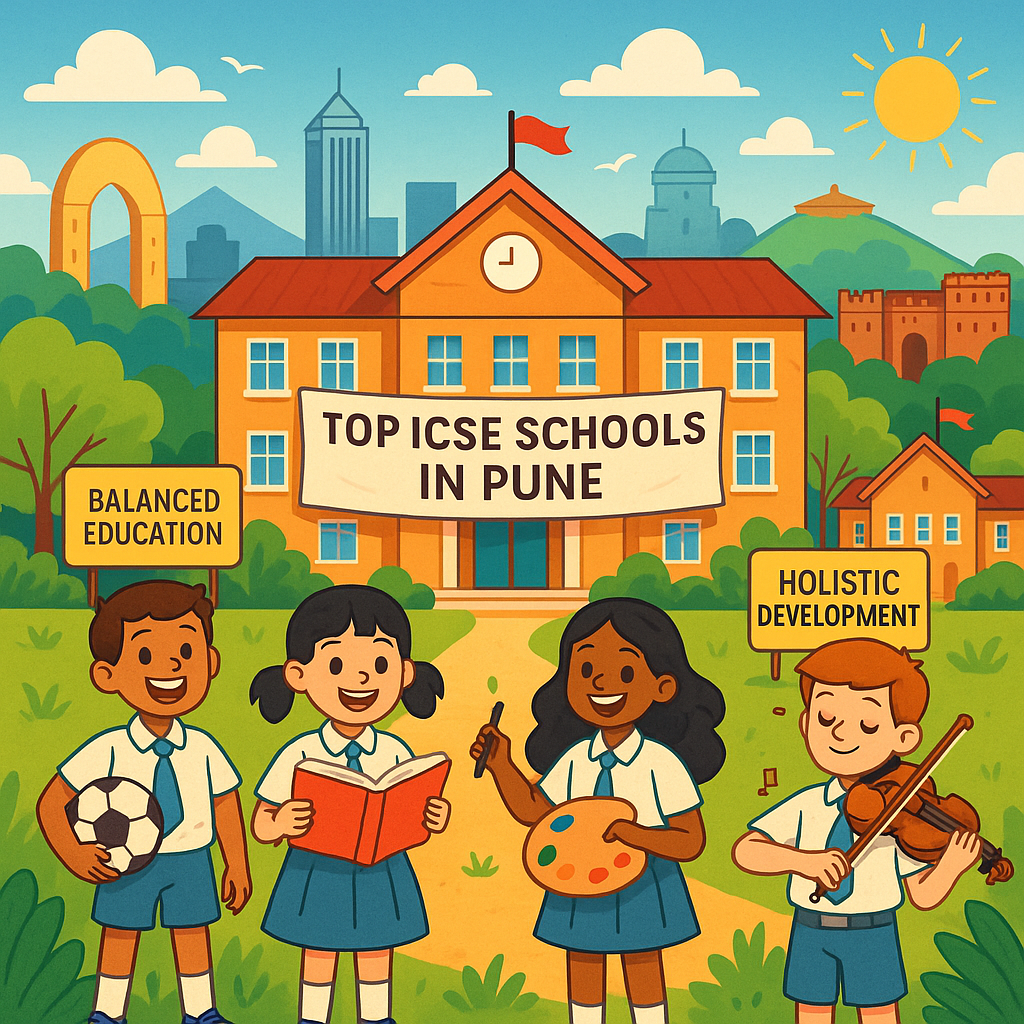
Explore the best ICSE schools in Pune that offer balanced education, strong academics and holistic development for...

Explore the top ICSE schools in Dehradun known for academic rigor, balanced learning and strong foundations that...
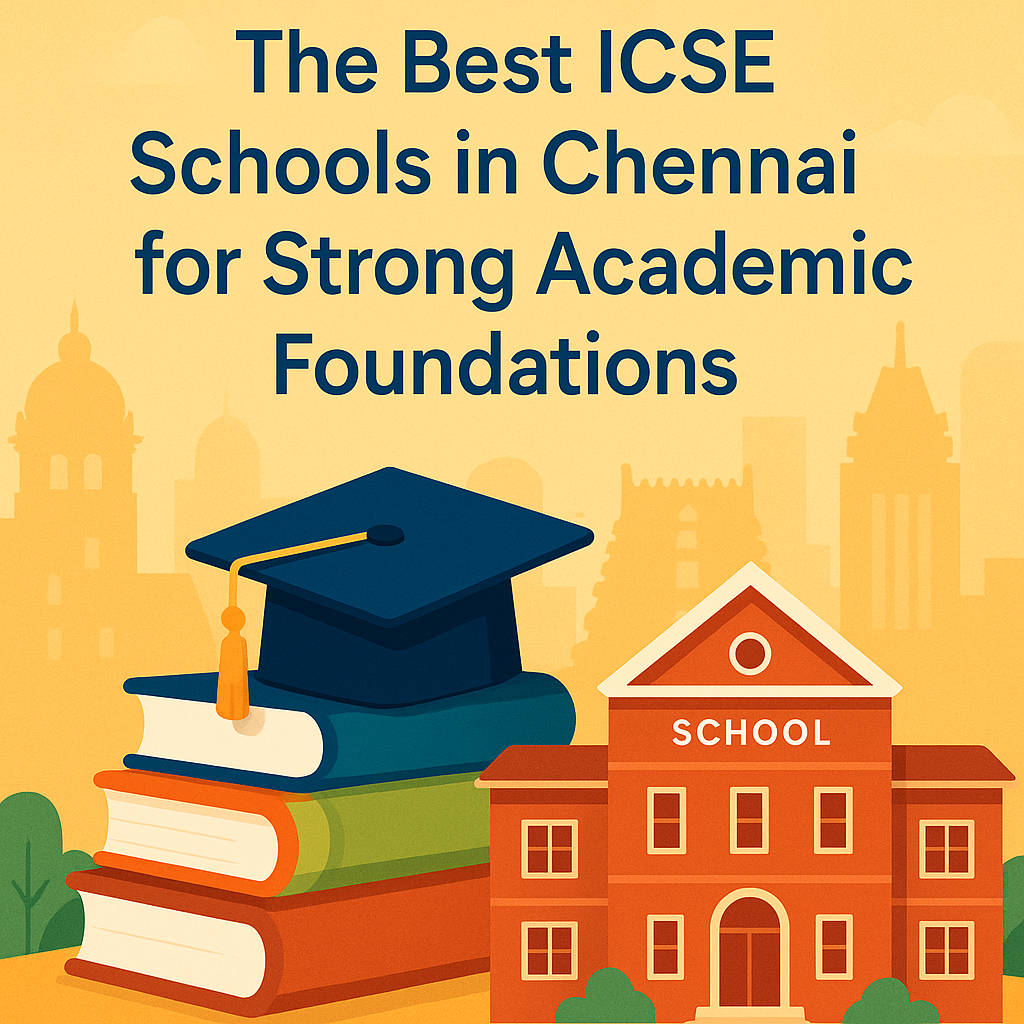
Explore the best ICSE schools in Chennai that offer strong academic foundations, holistic growth and a syllabus that...
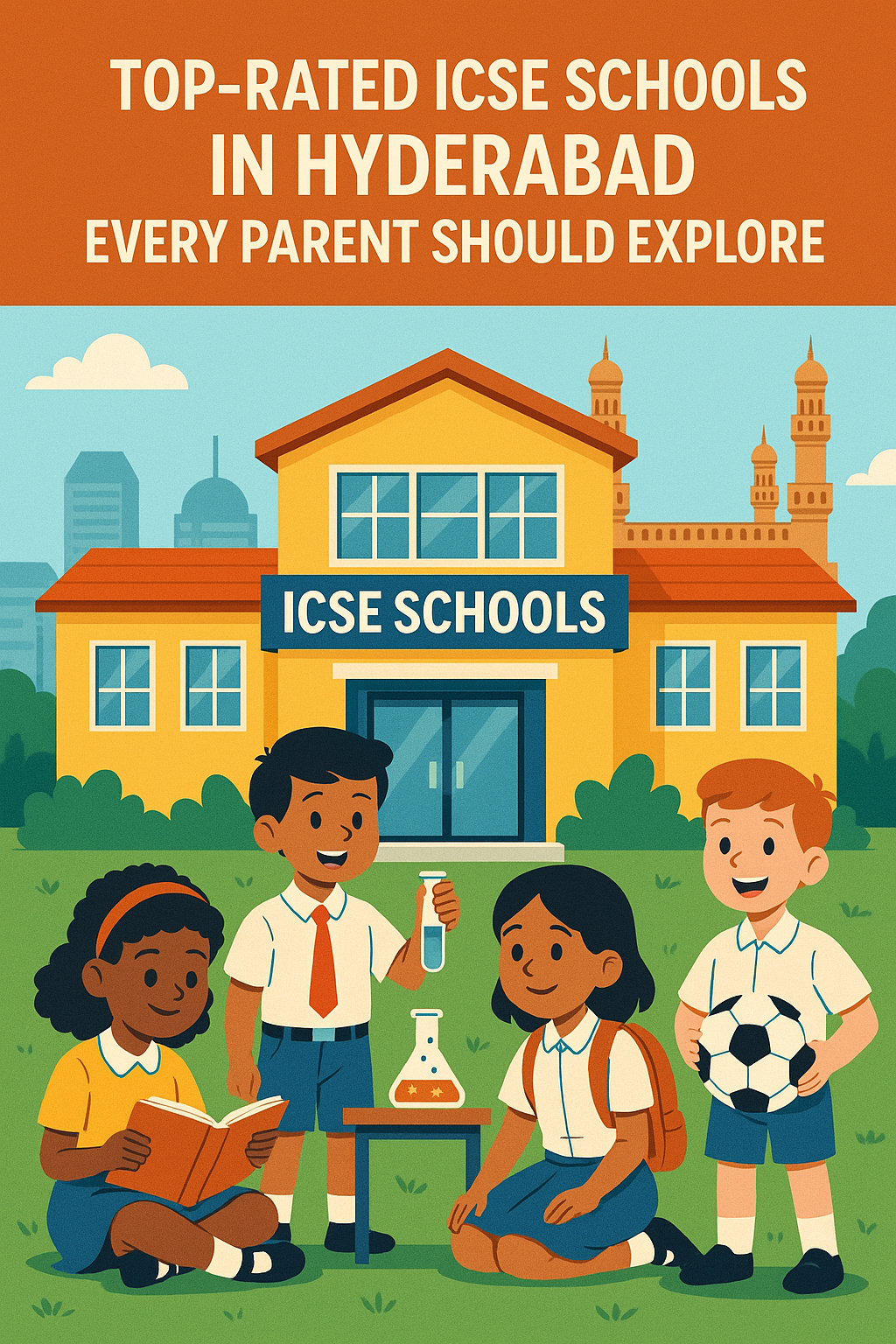
Explore the top-rated ICSE schools in Hyderabad known for strong academics, balanced learning and a modern approach...

Explore the best ICSE schools in Coimbatore that blend tradition with innovation through strong academics, modern...

Discover the top ICSE schools in Bangalore that focus on academics, skills, creativity and holistic growth to help...
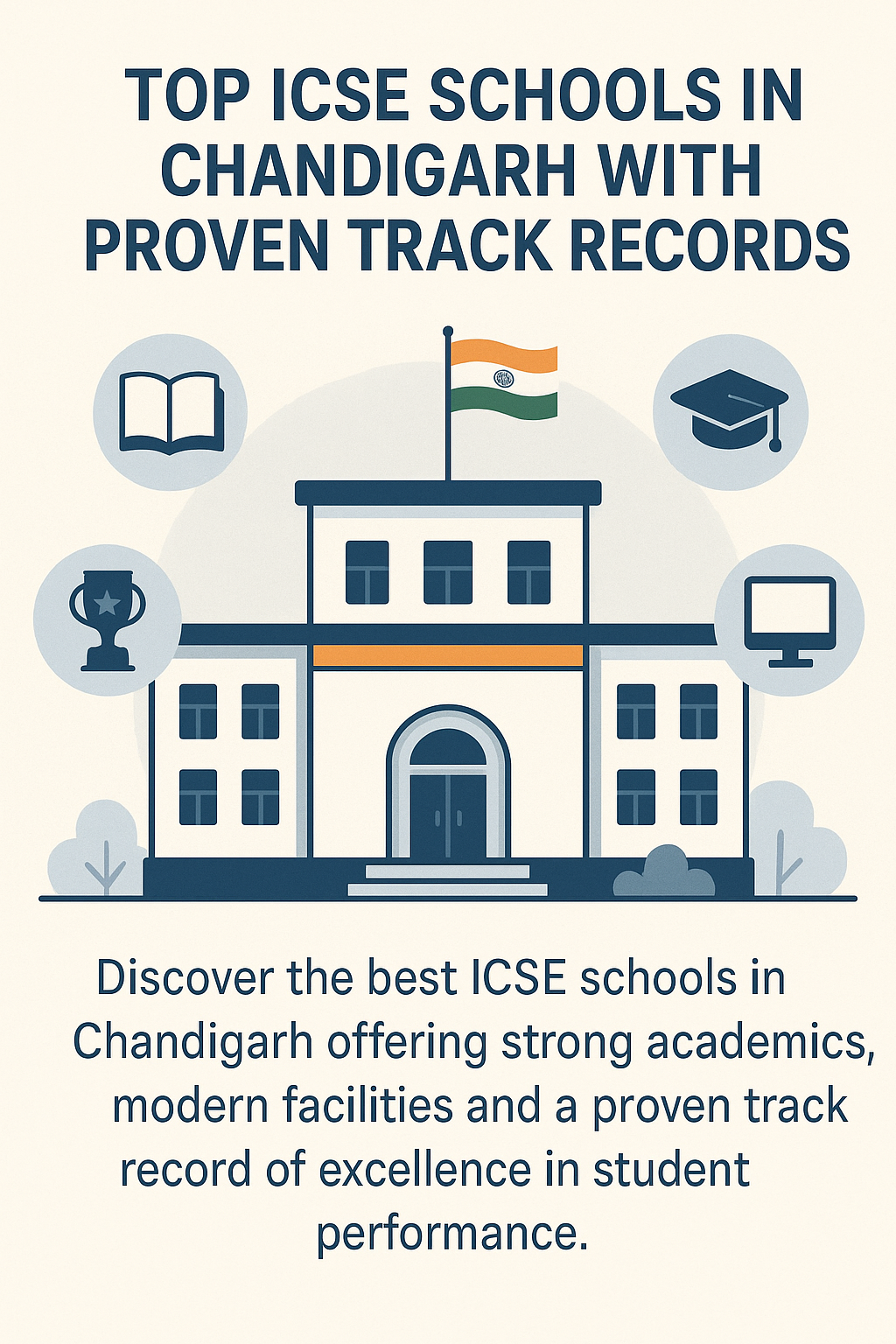
Discover the best ICSE schools in Chandigarh offering strong academics, modern facilities and a proven track record...
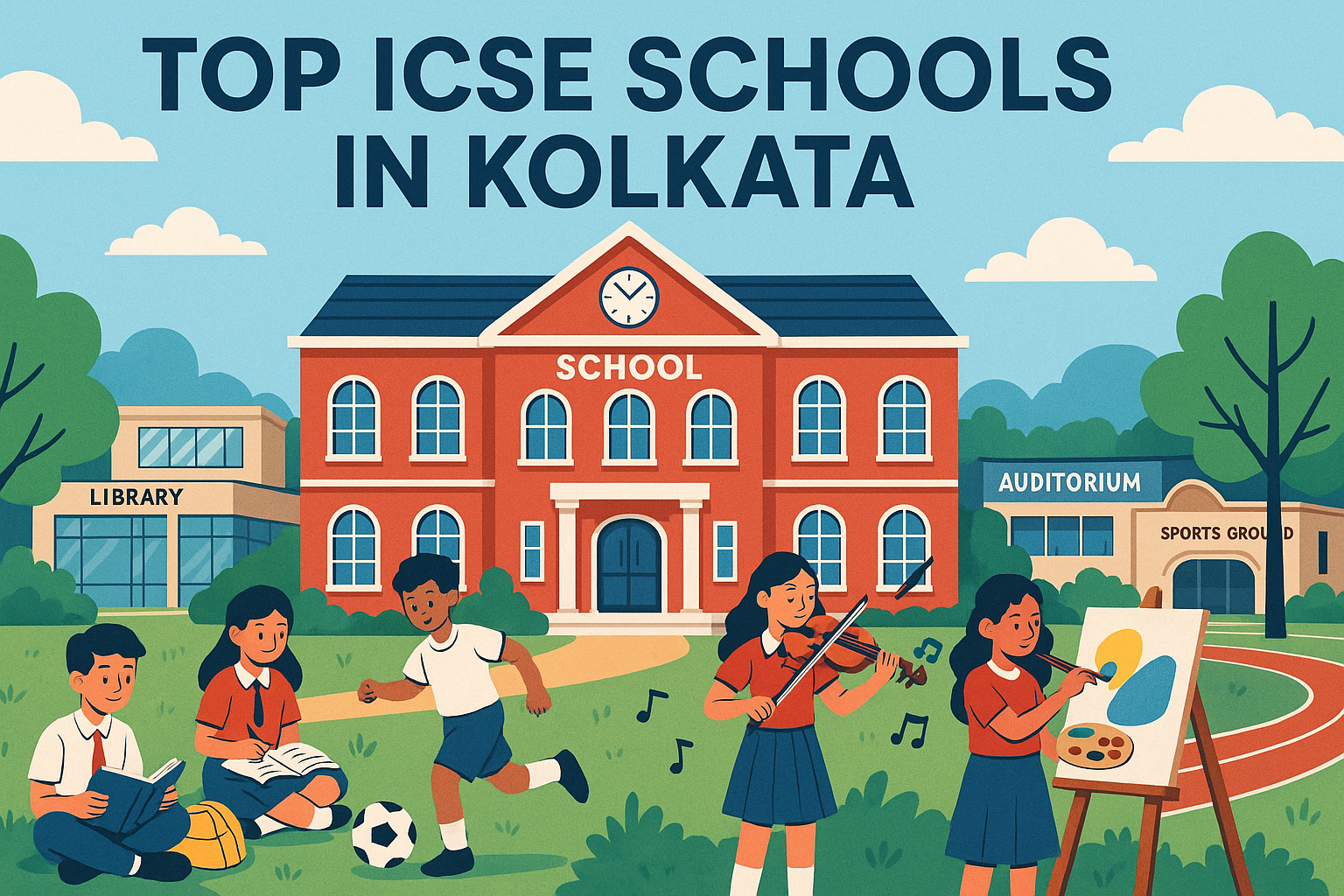
Explore the best ICSE schools in Kolkata known for academic strength, modern facilities and a strong focus on...
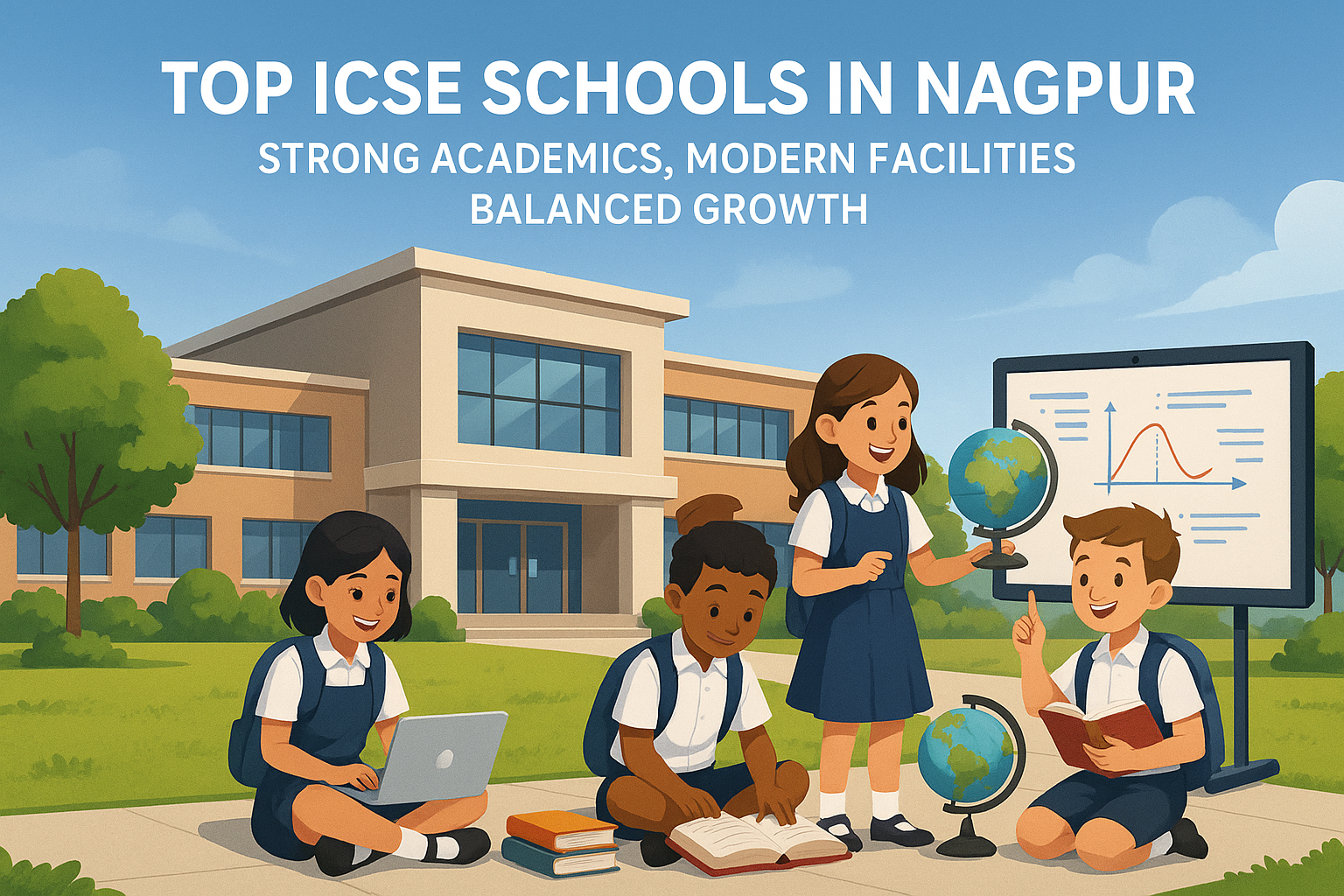
Explore the best ICSE schools in Nagpur offering strong academics, modern facilities and a balanced approach...
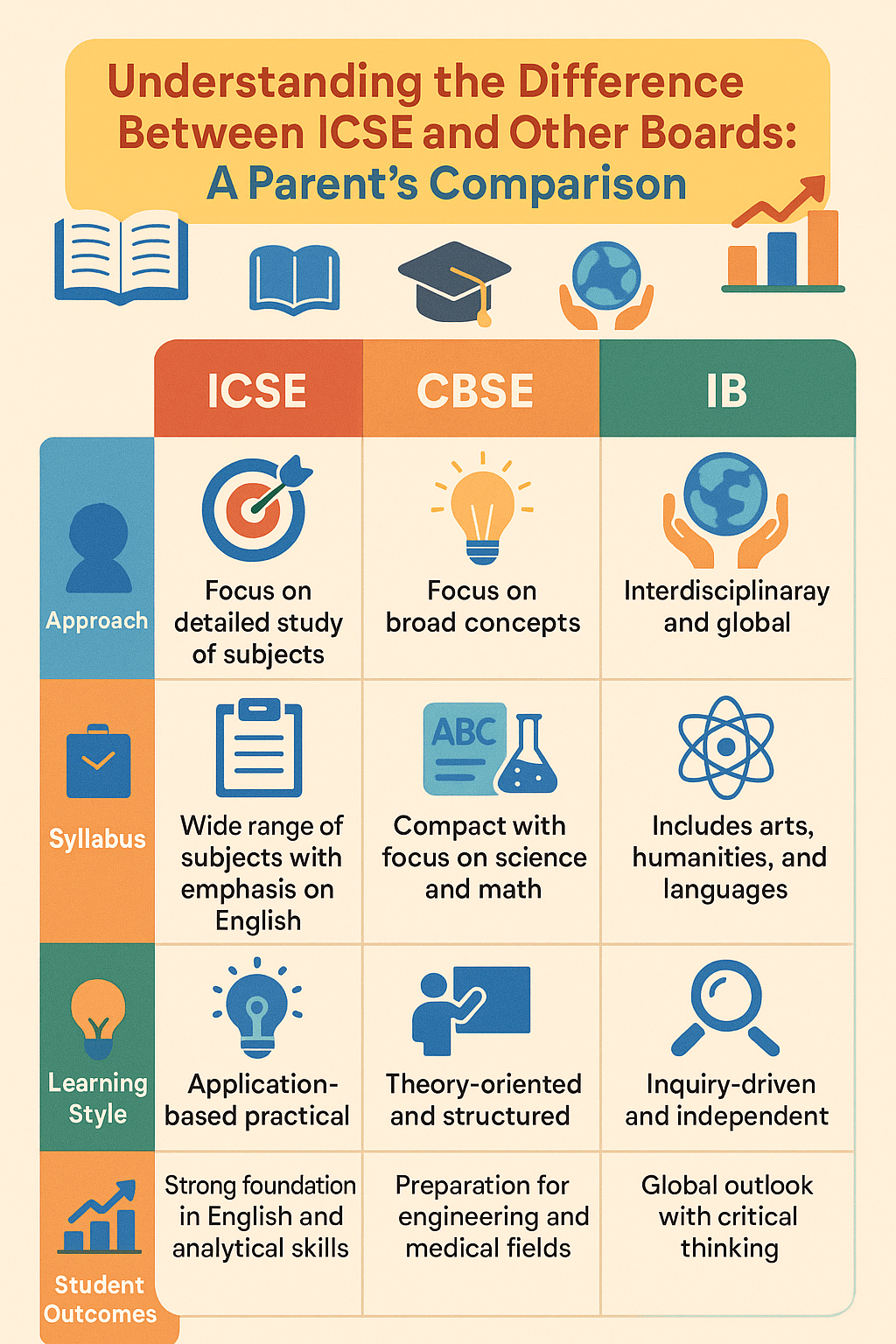
A clear comparison of ICSE, CBSE and IB boards to help parents understand differences in approach, syllabus,...
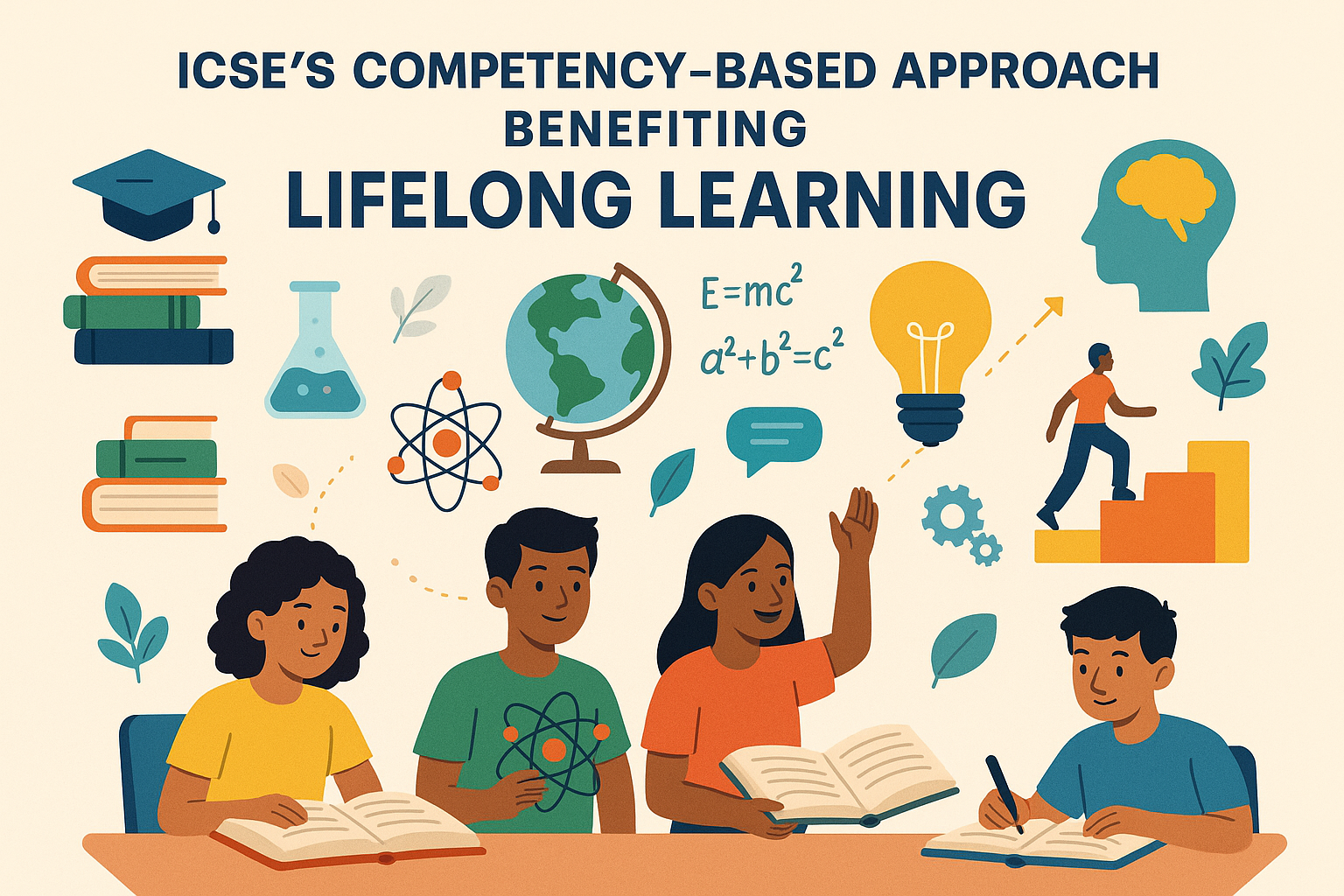
Explore how ICSE’s competency-based approach strengthens understanding, real-world thinking and lifelong learning...
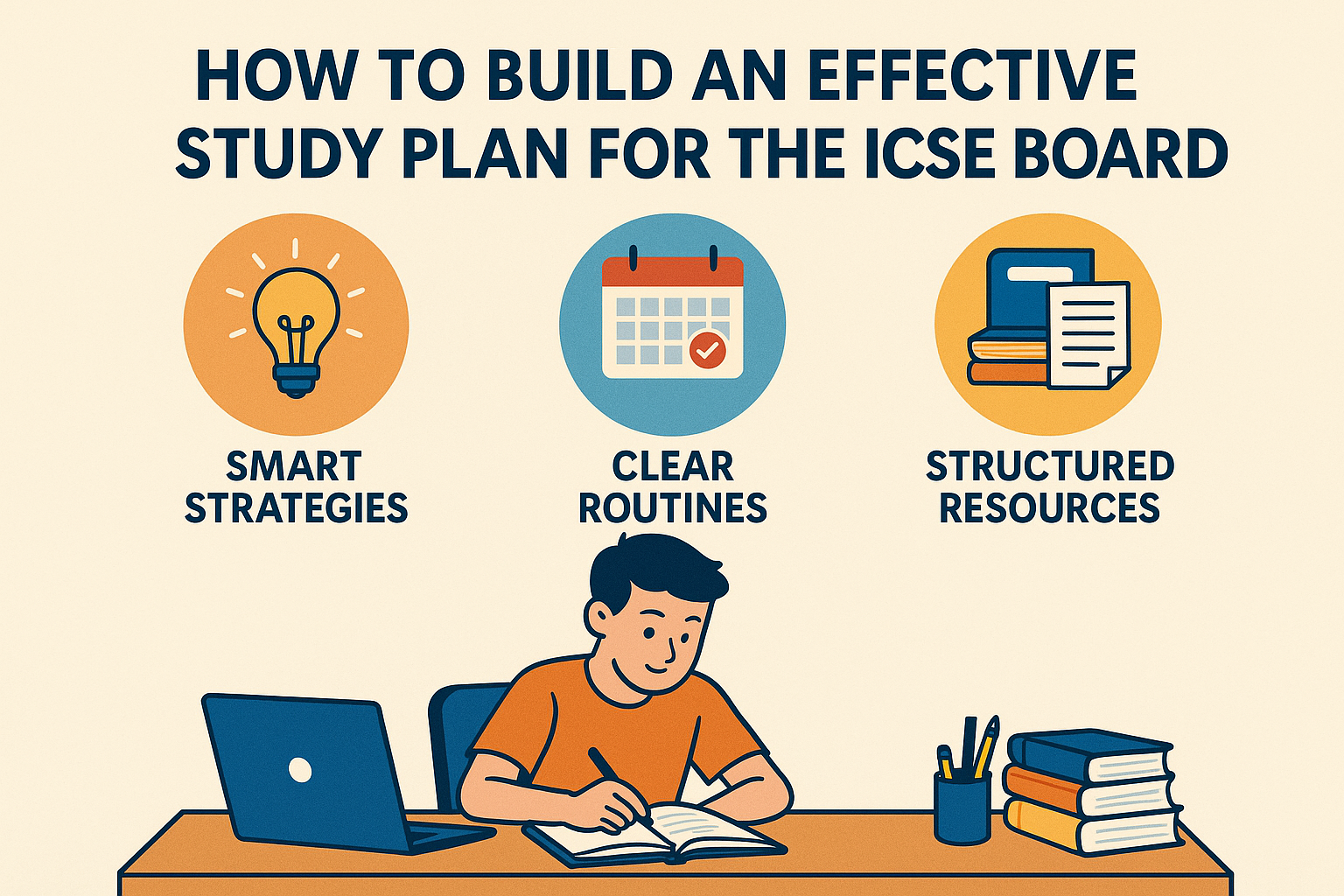
Learn how to build an effective ICSE study plan with smart strategies, clear routines and structured resources for...
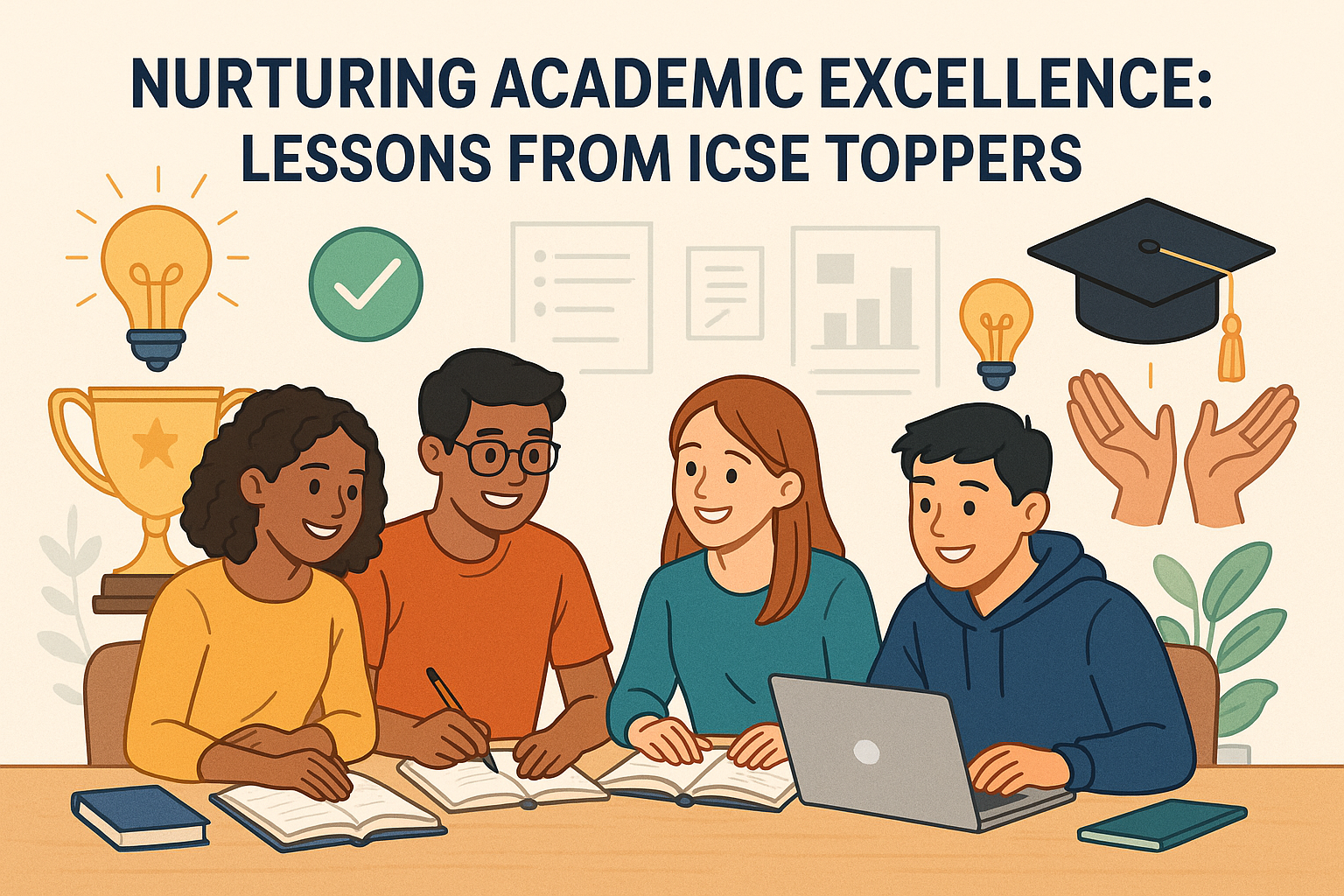
Learn how ICSE toppers study, stay consistent and master concepts. A complete guide for parents and students...
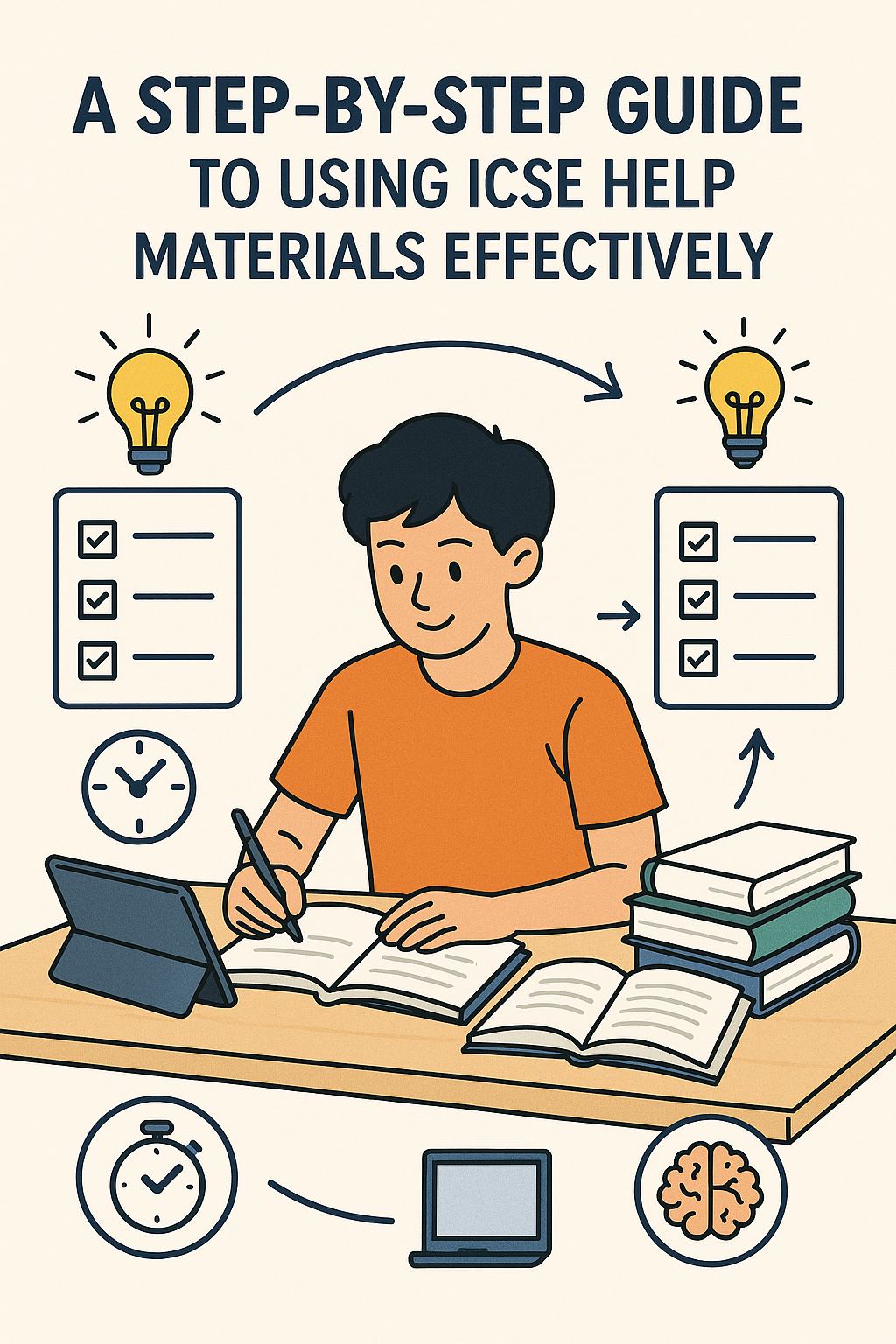
A complete step-by-step guide to using ICSE help materials effectively so students learn faster, stay organised and...

A complete guide for students and parents to prepare effectively for the ICSE exam with proven study strategies,...

A detailed guide for parents and students to identify genuine ICSE topper notes, reliable resources and accurate...
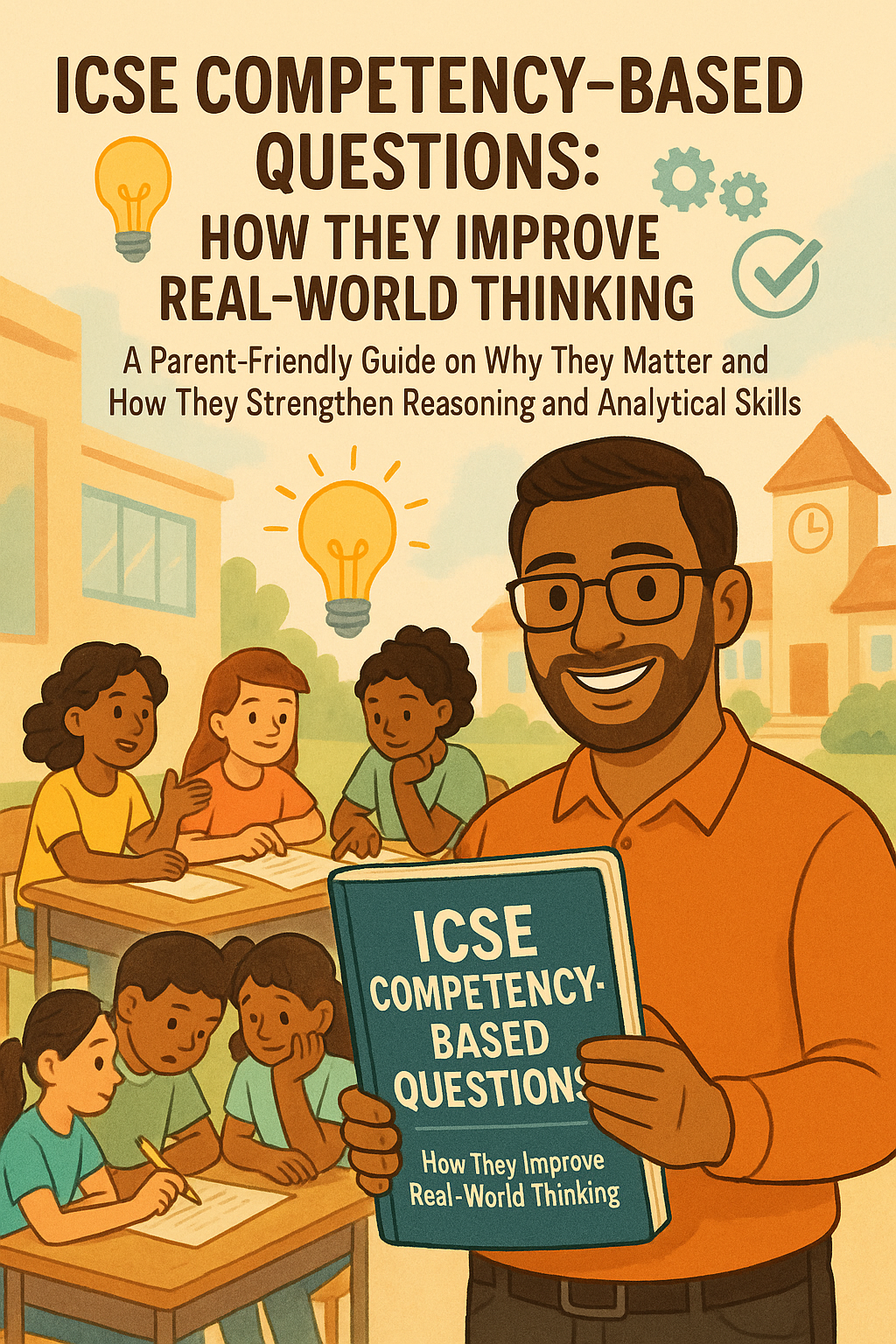
A parent-friendly guide to ICSE competency-based questions, why they matter and how they strengthen real-world...
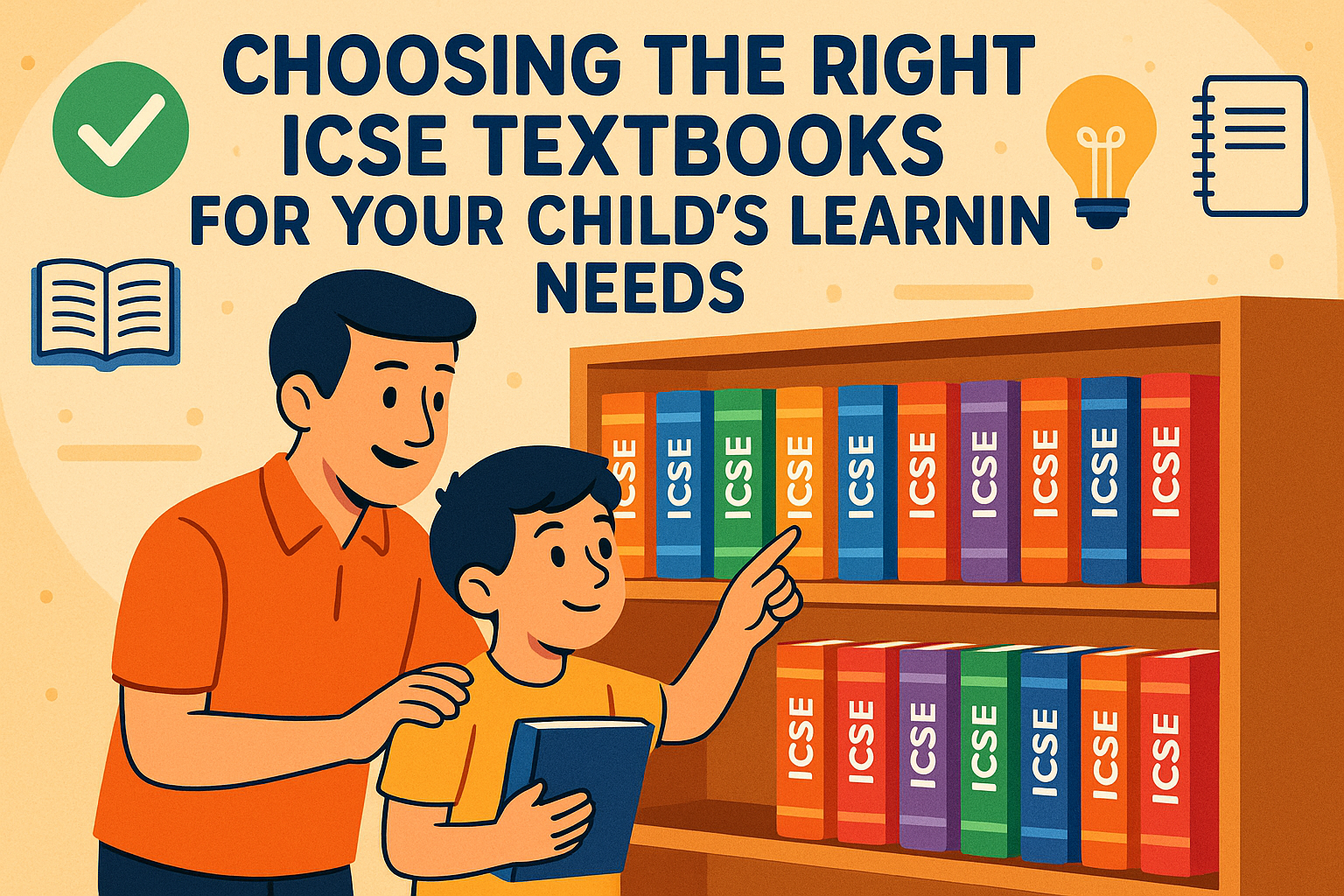
A complete guide to choosing the right ICSE textbooks for your child, with tips on syllabus alignment, clarity,...

A parent-friendly guide to supporting children in ICSE Physics using practical methods, real-life learning and...

A complete parent-friendly guide to ICSE Biology, covering basics, syllabus insights and steps to help students...
.jpg?width=500)
Build strong ICSE Chemistry fundamentals with simplified concepts, smart study strategies, and structured ICSE help...

Improve ICSE History learning with engaging strategies, simplified explanations, and smart study tools. Help...

Discover how to improve writing and comprehension skills in ICSE English. Learn effective strategies, ICSE syllabus...

Discover practical ways parents can help children master ICSE Maths. Learn about the ICSE syllabus, study...
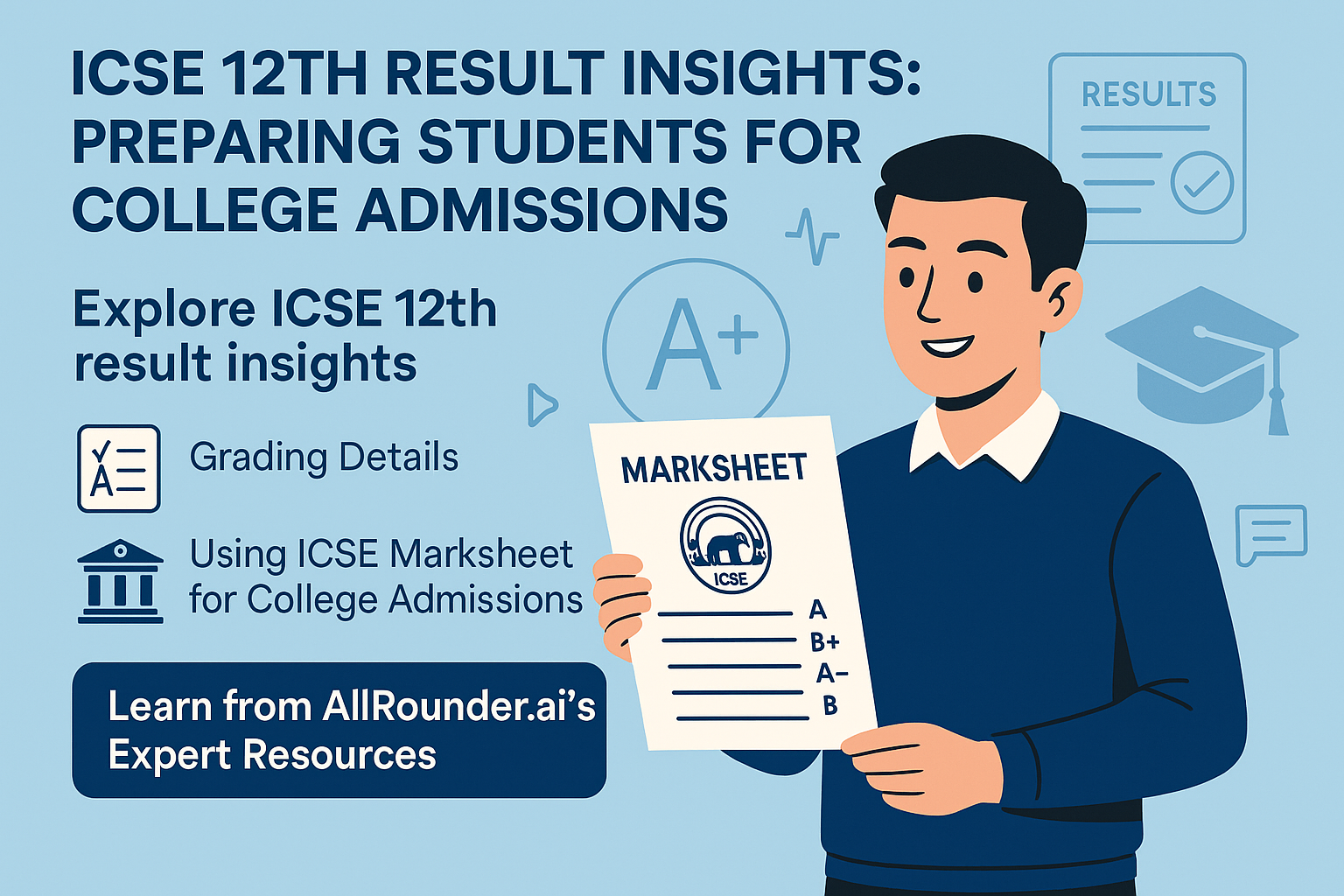
Explore ICSE 12th result insights, grading details, and how to use your ICSE marksheet for college admissions. Learn...
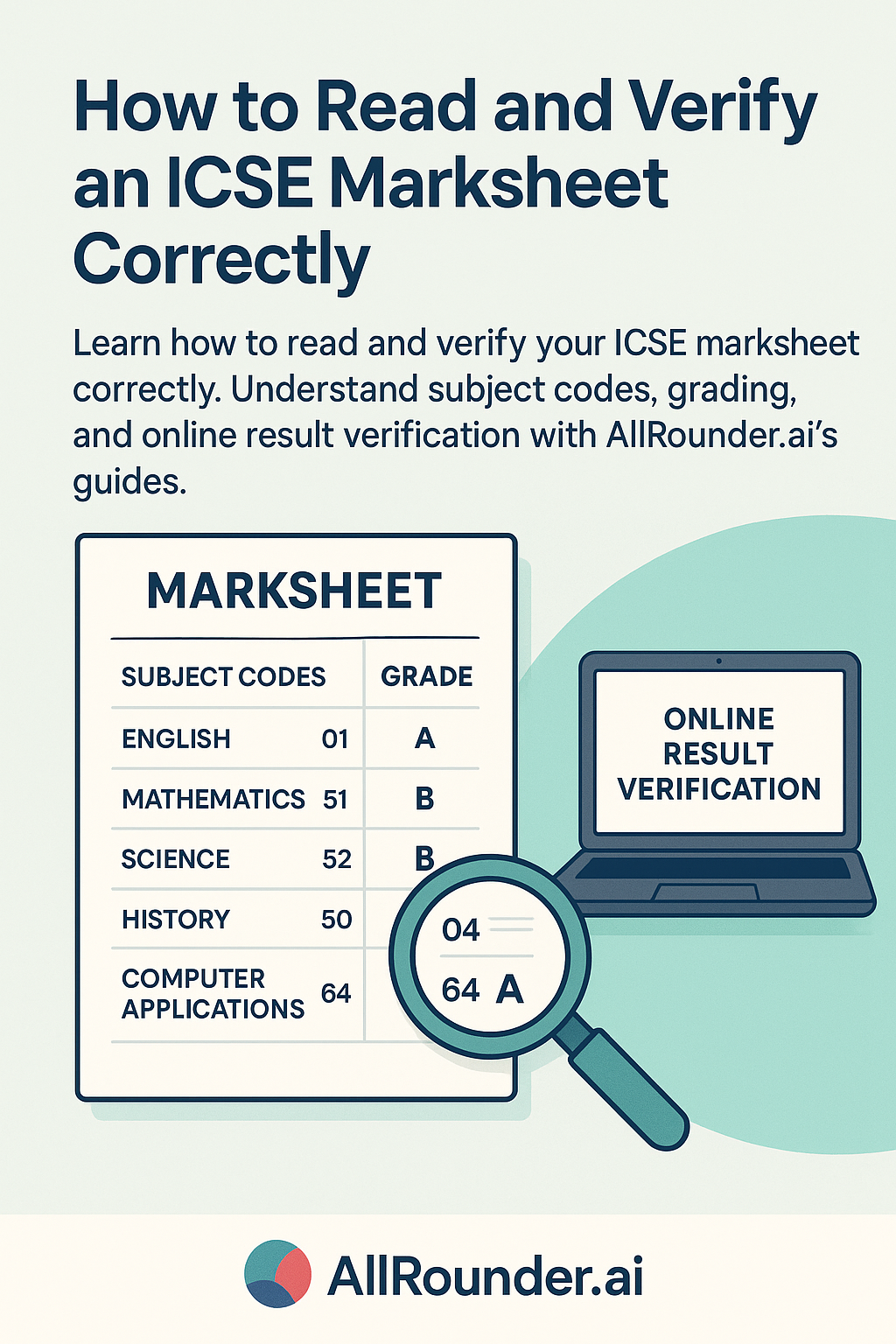
Learn how to read and verify your ICSE marksheet correctly. Understand subject codes, grading, and online result...
.jpg?width=500)
Explore key ICSE 10th result trends, marking patterns, and expert tips to excel in the ICSE exam with...
.jpg?width=500)
Master concept-heavy ICSE subjects with simple study strategies, smart tools, and AllRounder.ai’s personalized...
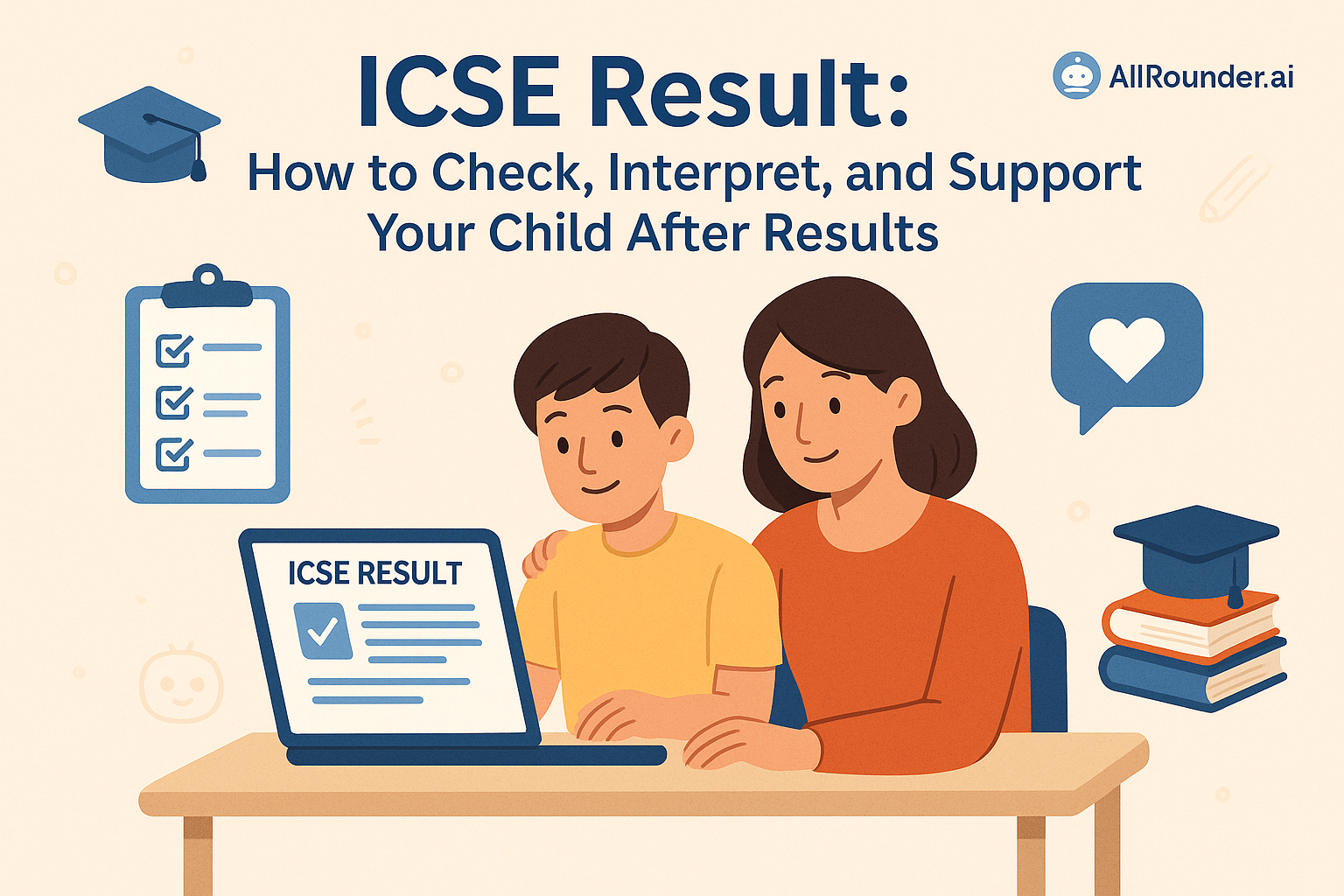
Learn how to check ICSE results, understand grading, and support your child emotionally and academically with help...
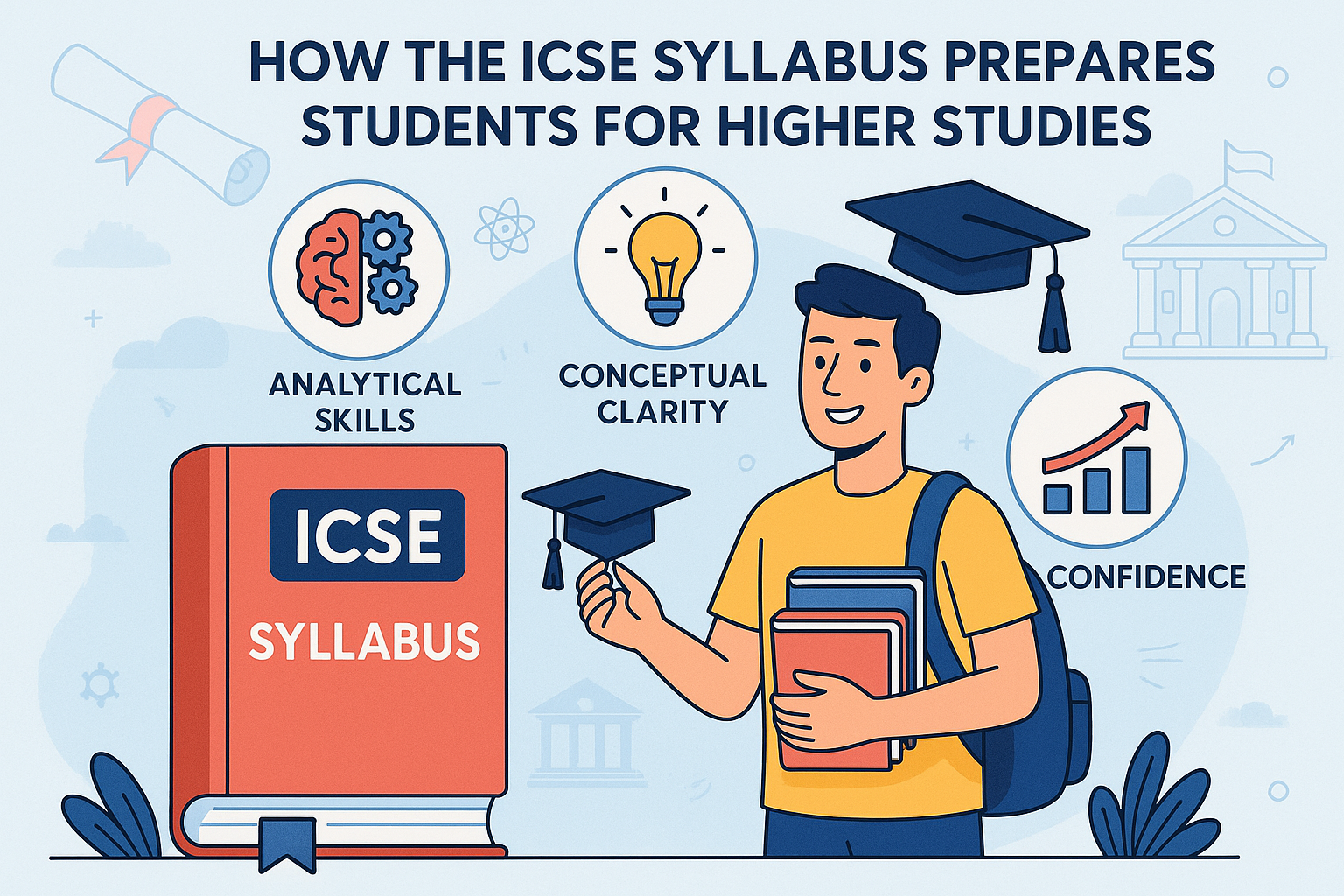
Discover how the ICSE syllabus builds analytical skills, conceptual clarity, and confidence to prepare students for...

Discover why the ICSE board is ideal for your child’s future with its balanced syllabus, analytical learning...
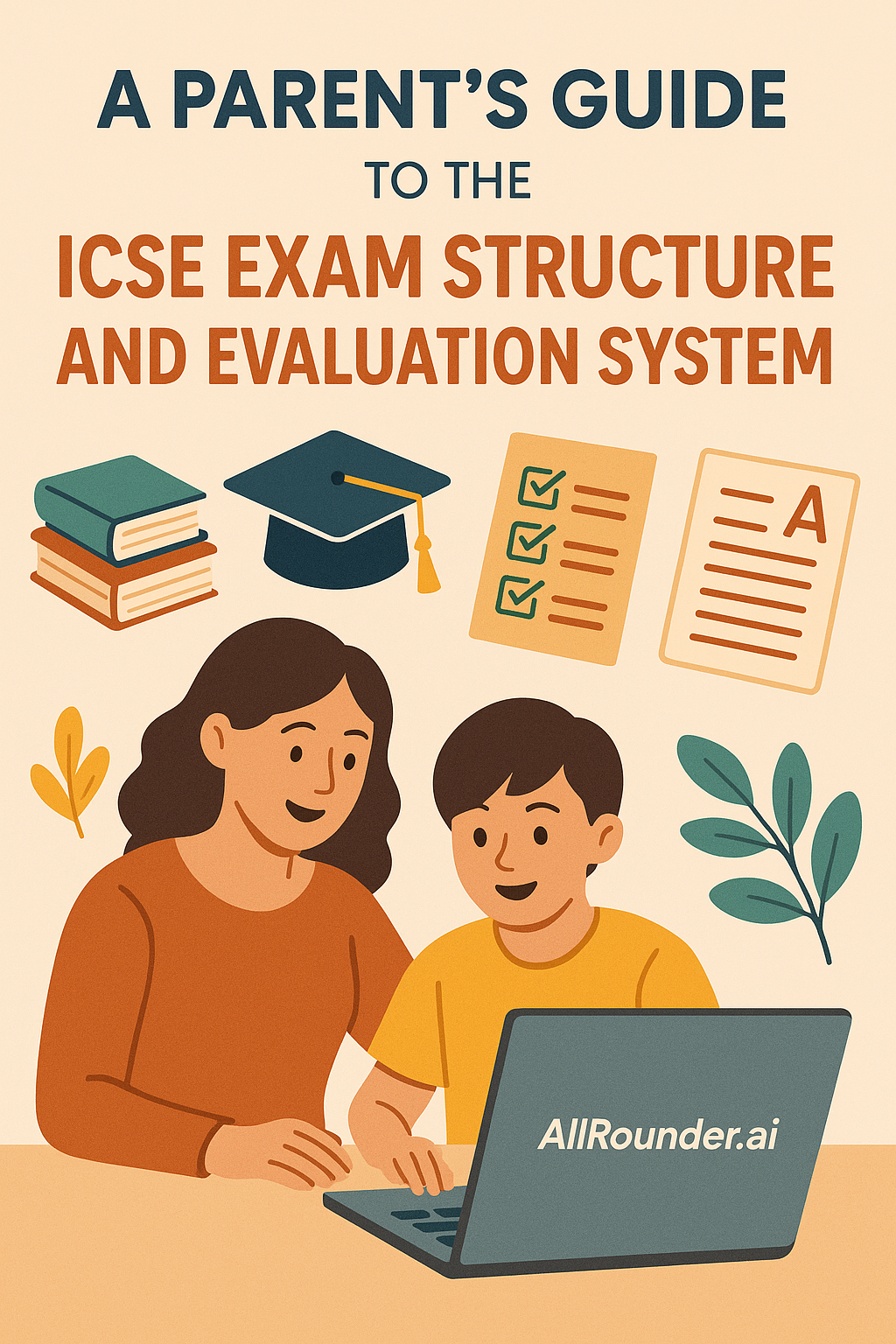
Understand how the ICSE exam system works with this detailed parent’s guide. Learn about subjects, evaluation...
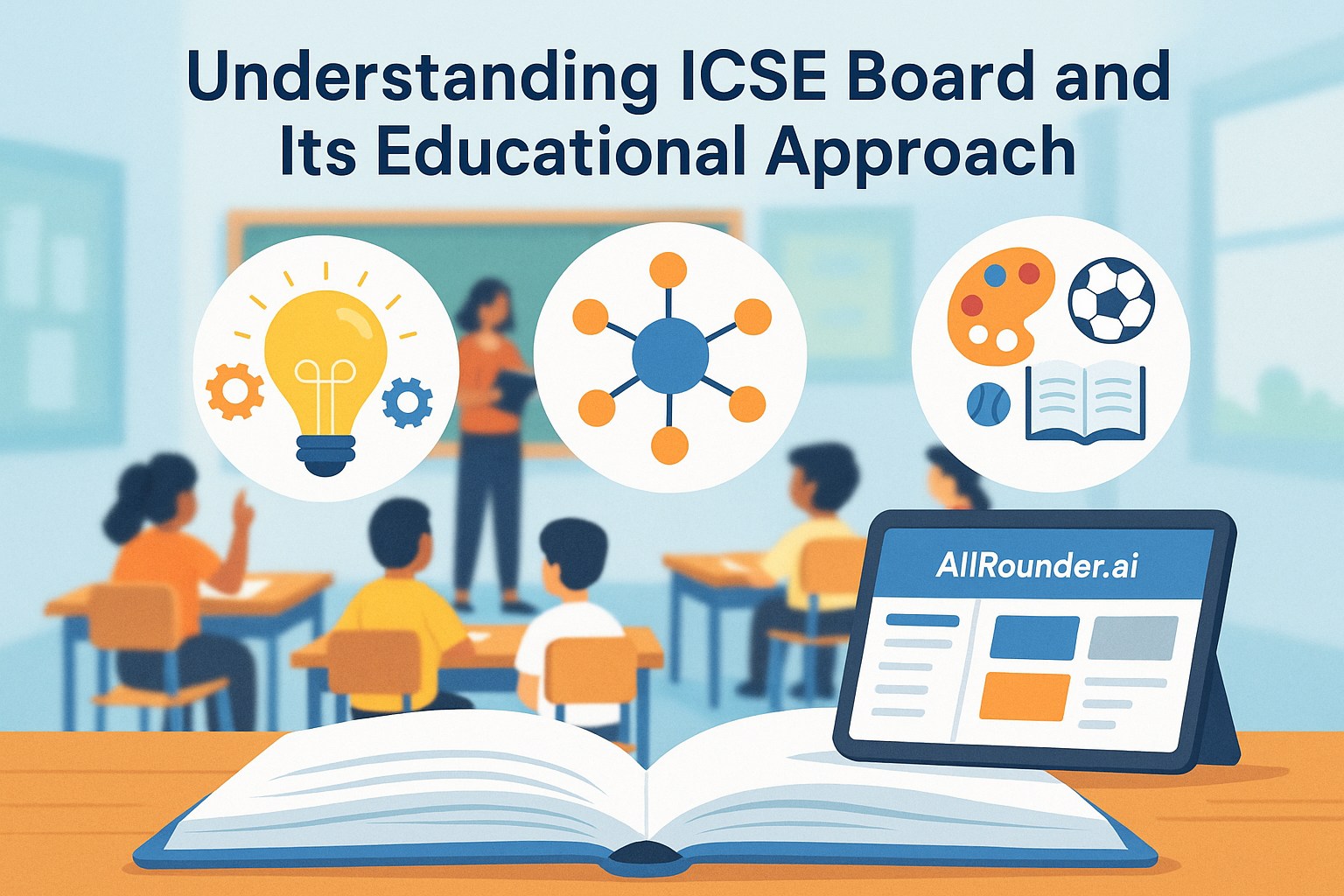
Learn how the ICSE board promotes analytical thinking, conceptual understanding, and balanced development. Discover...

Explore how ICSE help platforms like AllRounder.ai make learning simpler for students by breaking down the ICSE...

A complete guide to the ICSE Class 10 Computer Applications project work. Learn how to choose a topic, plan design,...

Discover the best reference books for Class 10 ICSE Maths. Learn how to use them effectively with AllRounder.ai’s...

Planning for ICSE school fees? Our guide breaks down the costs in major Indian cities, helps you find affordable...

Compare ICSE vs. CBSE to choose the best board for your child. Learn about syllabus differences, teaching styles,...

Learn how to choose the best ICSE subjects for Class 9 and 10. Explore Group I, II, and III subjects, internal...
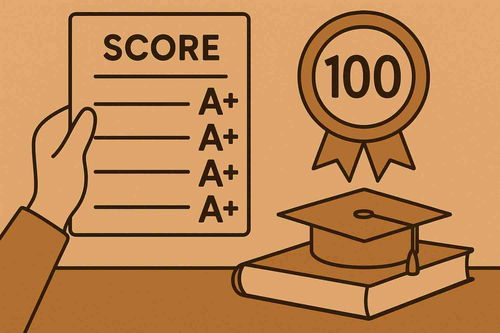
Learn how the ICSE grading system works in 2025–26. Know internal assessments, percentage calculation, and tips to...

Discover how ICSE builds critical thinking, analytical skills, and real-world problem-solving through its unique...
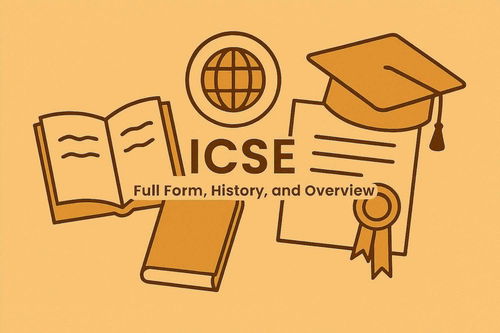
Understand the ICSE board – its history, structure, curriculum, and unique advantages over other boards.
Resources
-
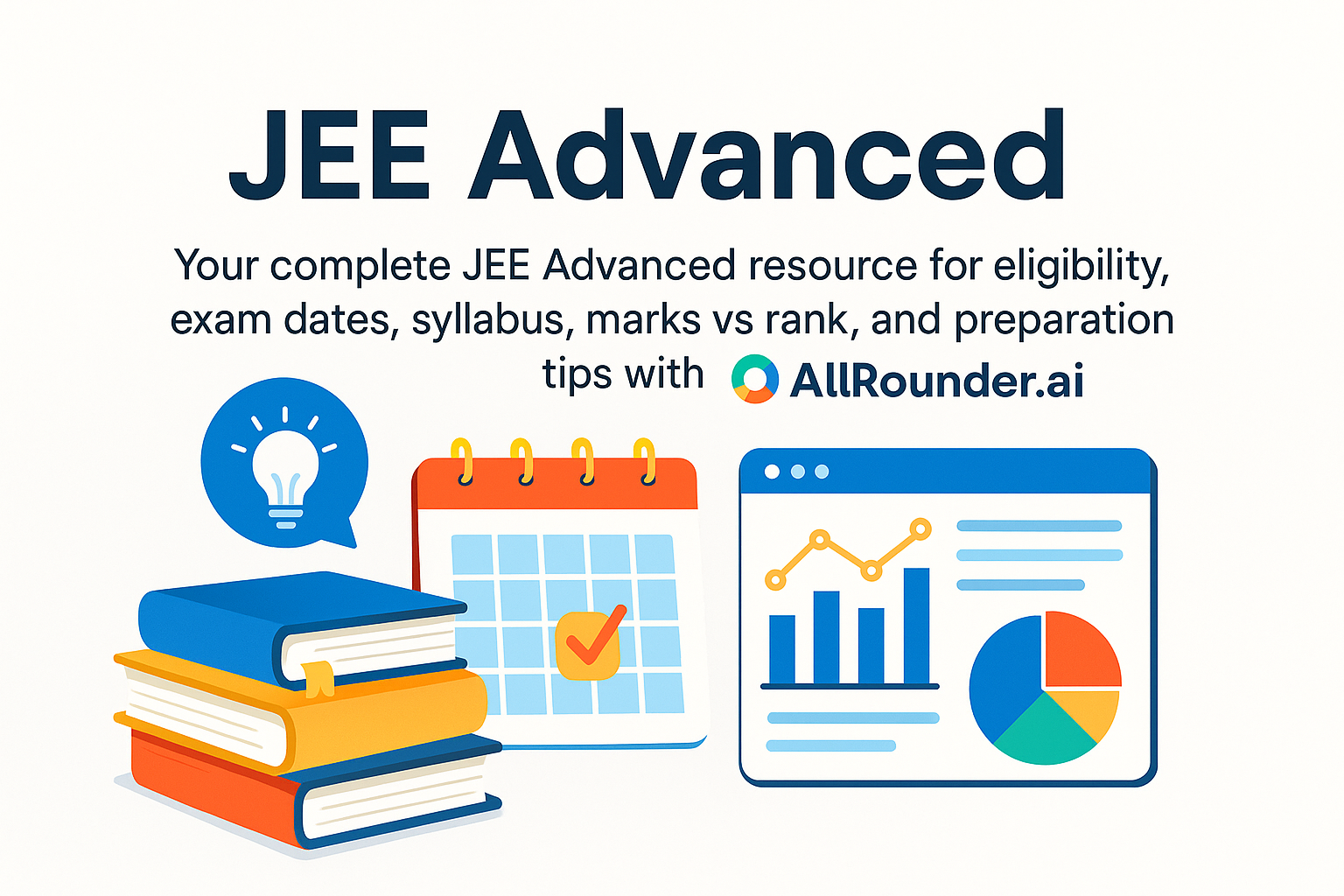
Your complete JEE Advanced resource for eligibility, exam dates, syllabus, marks vs rank, and...
-
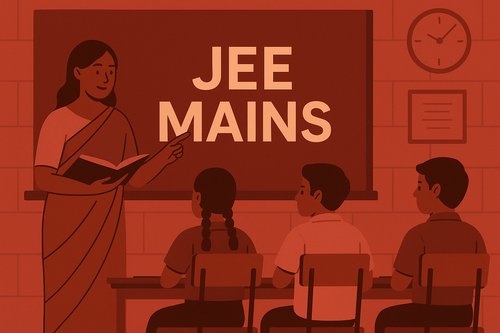
Understand the entire JEE Main process, from application and eligibility rules to the exam...
-

Explore the IB Board – a global curriculum emphasizing holistic, student-centered learning...
-

Learn about CBSE – India’s national school board offering a standardized curriculum, NCERT...
-

Explore everything about the ICSE board – its curriculum, subjects, exam format, and academic...
